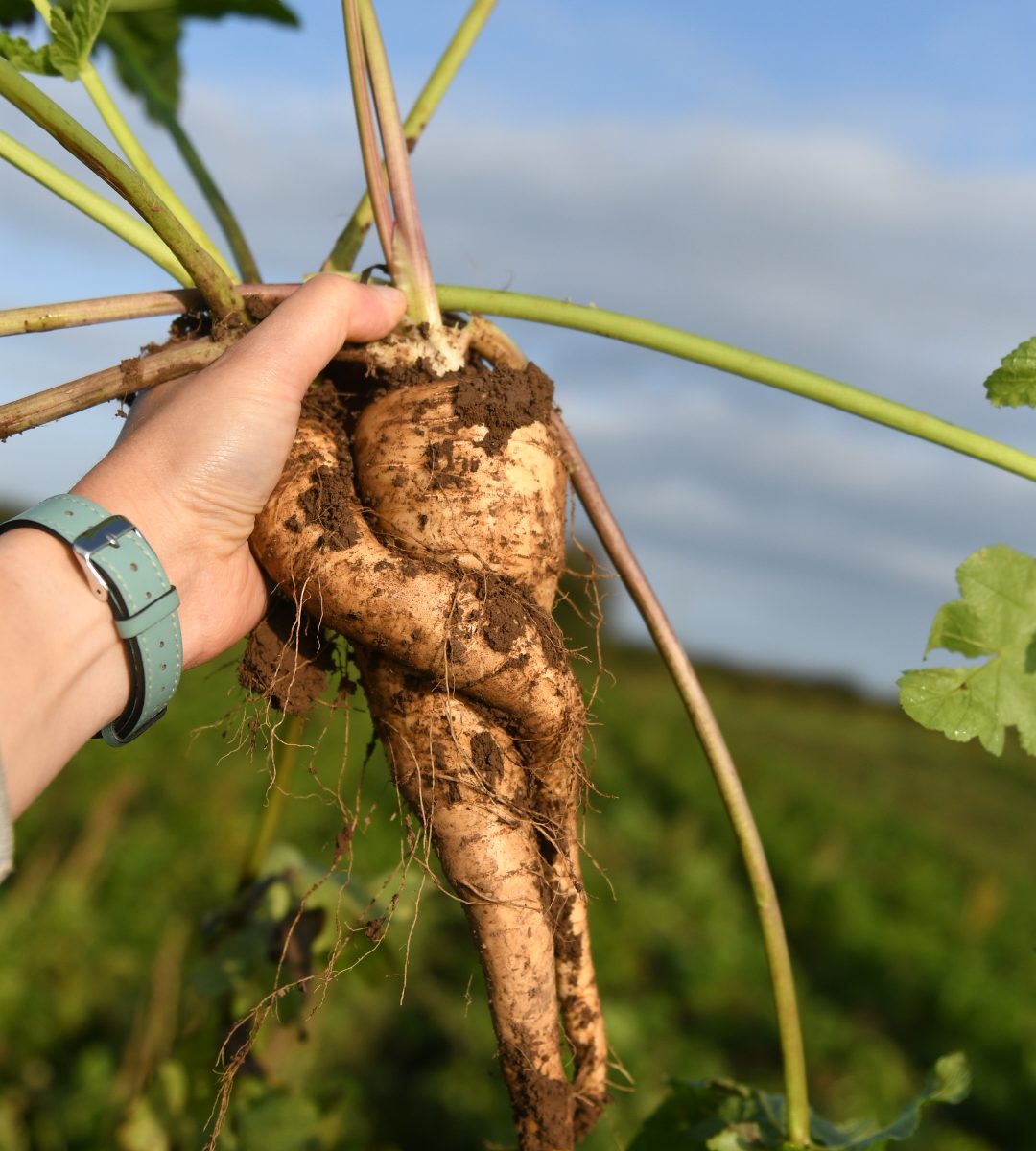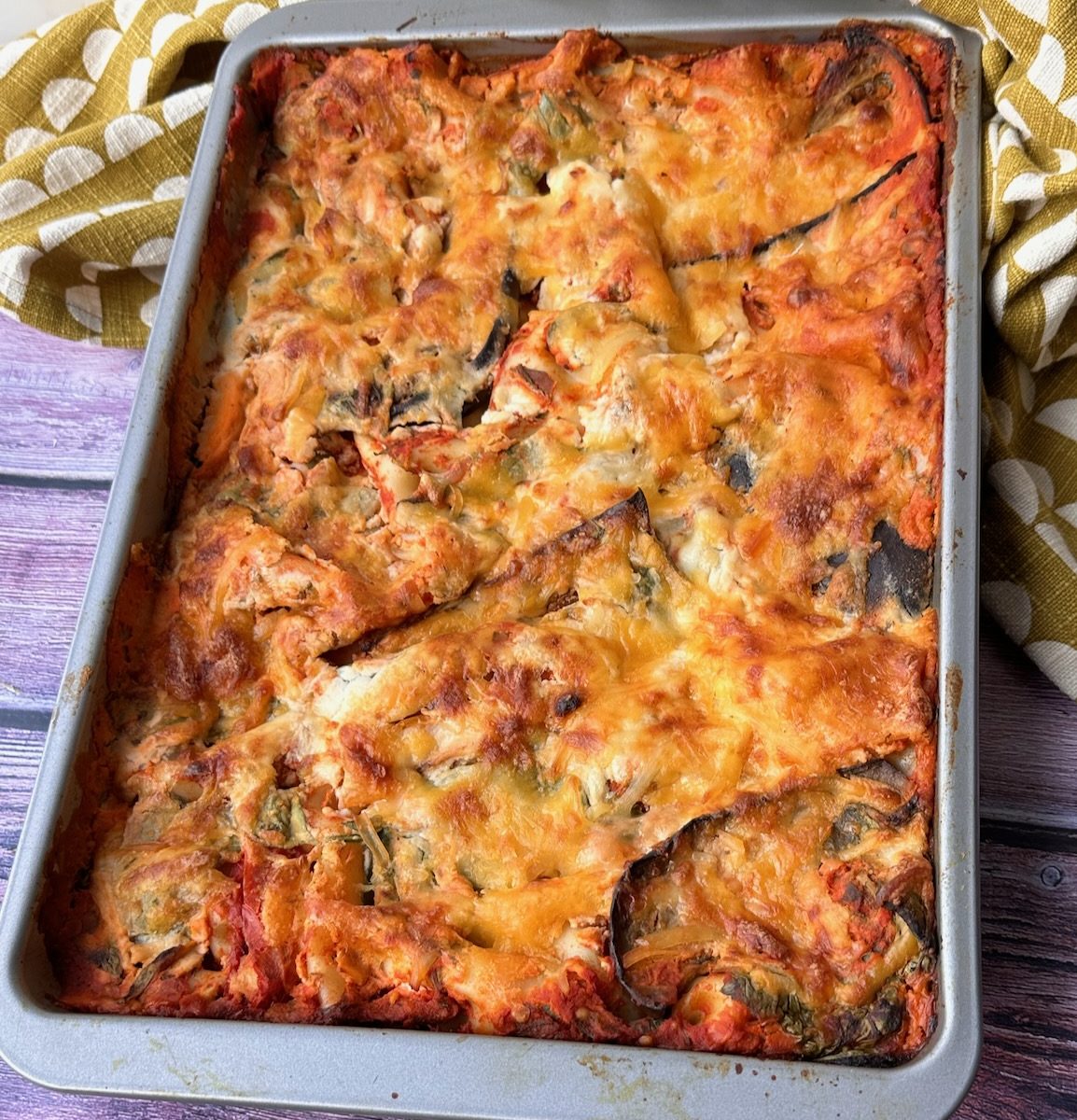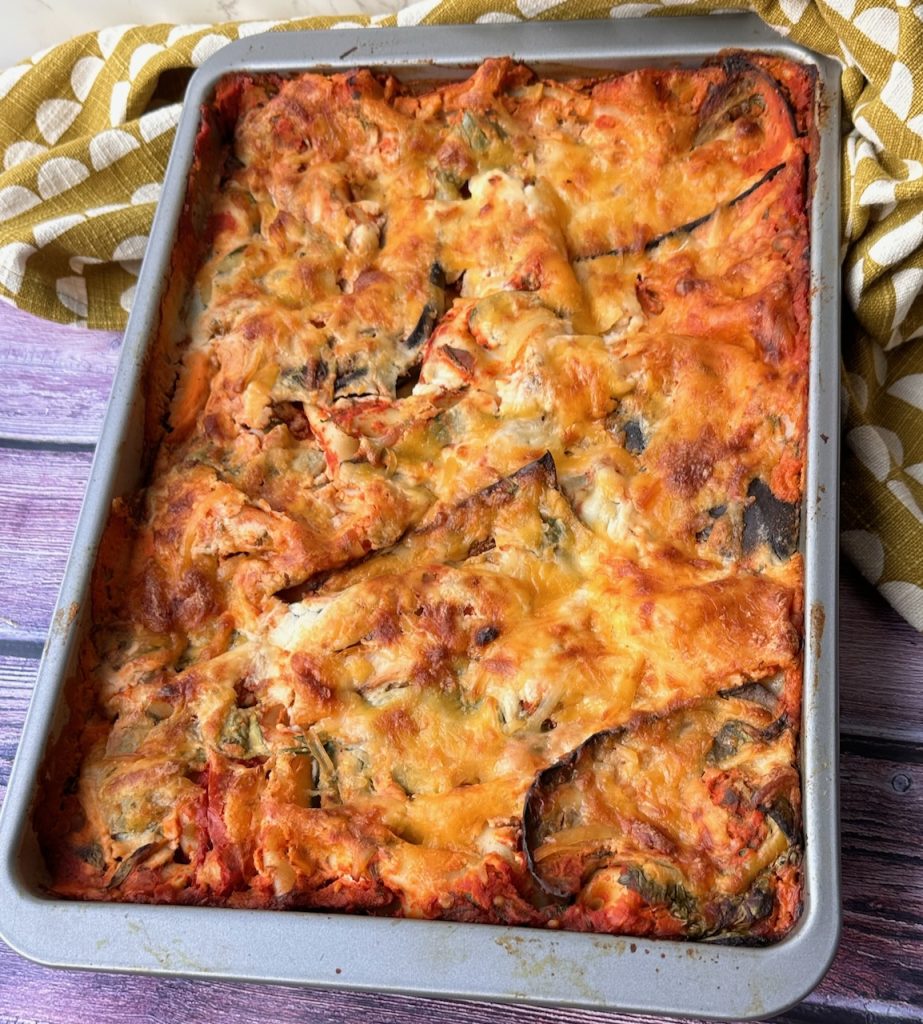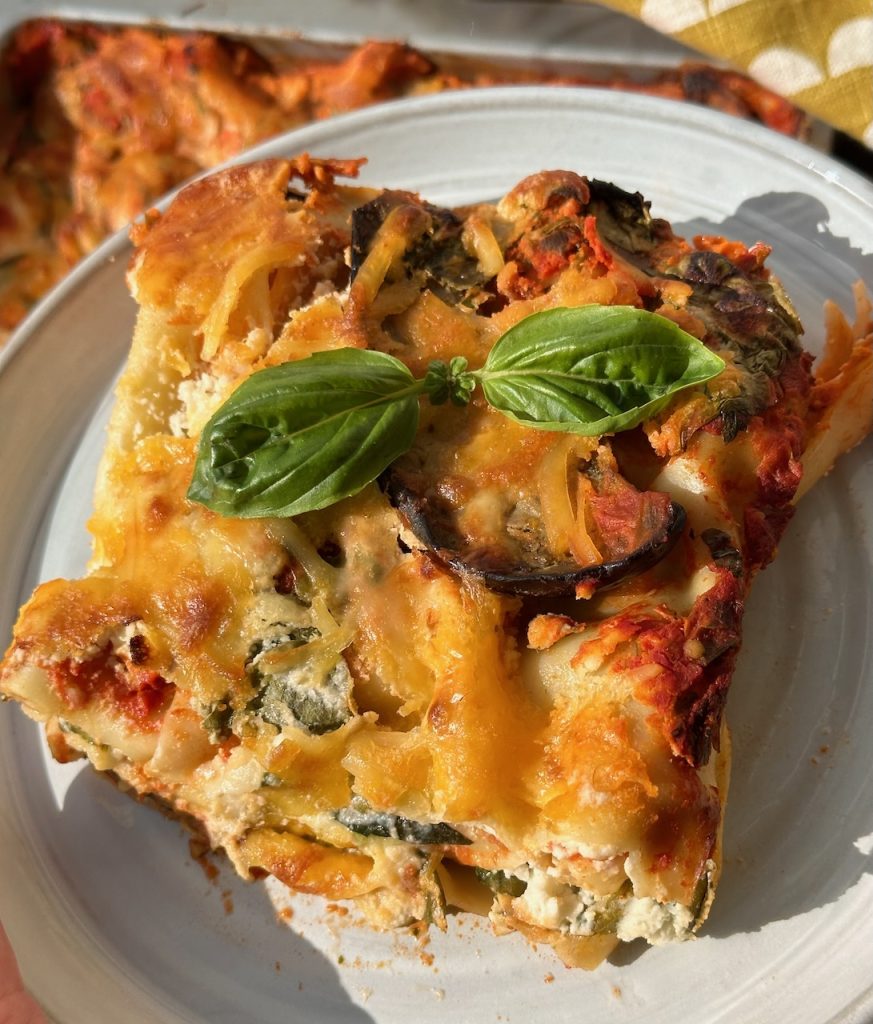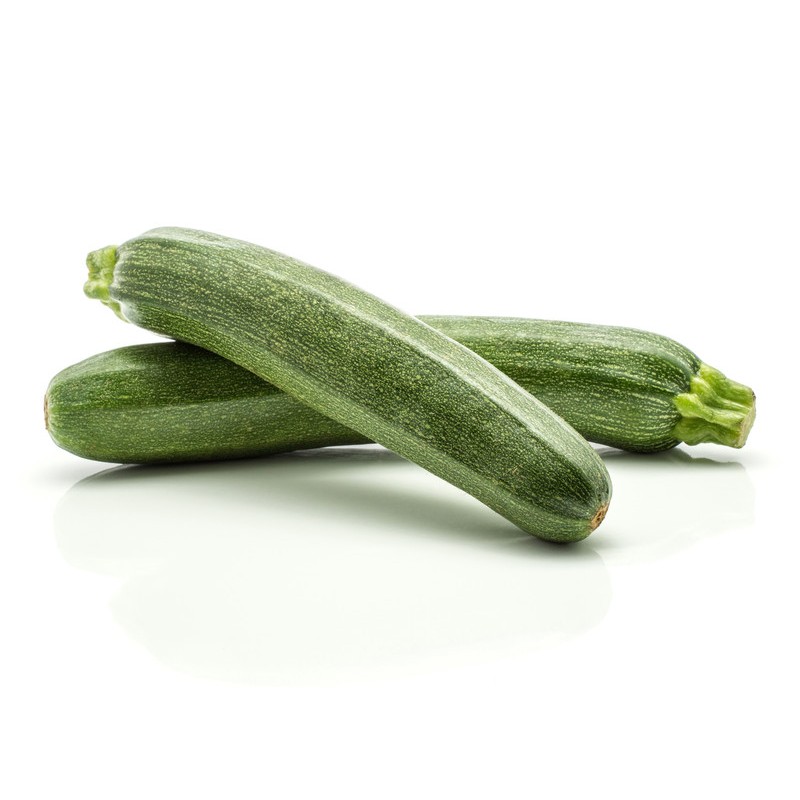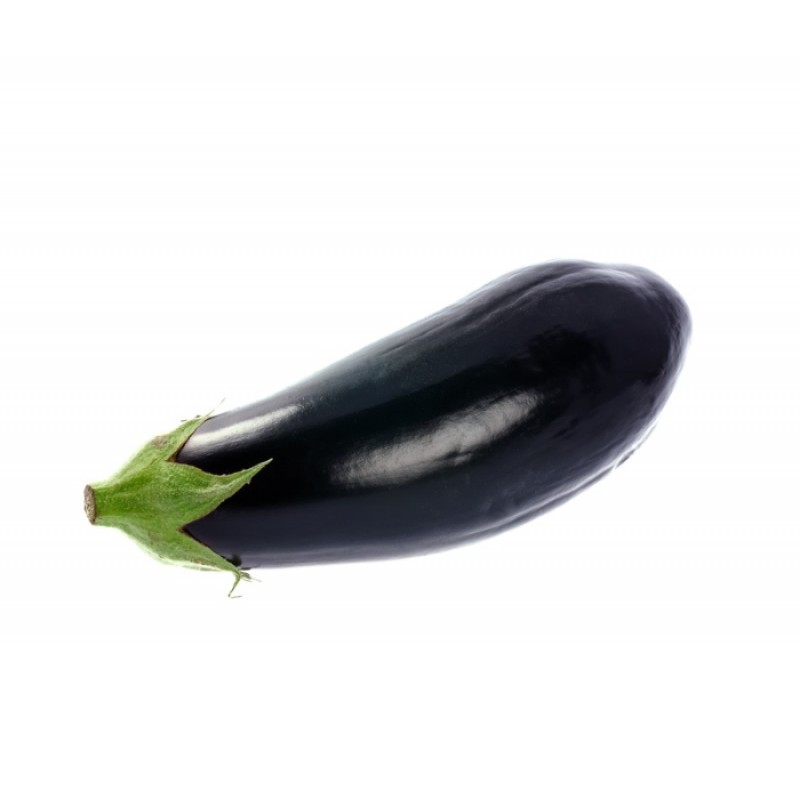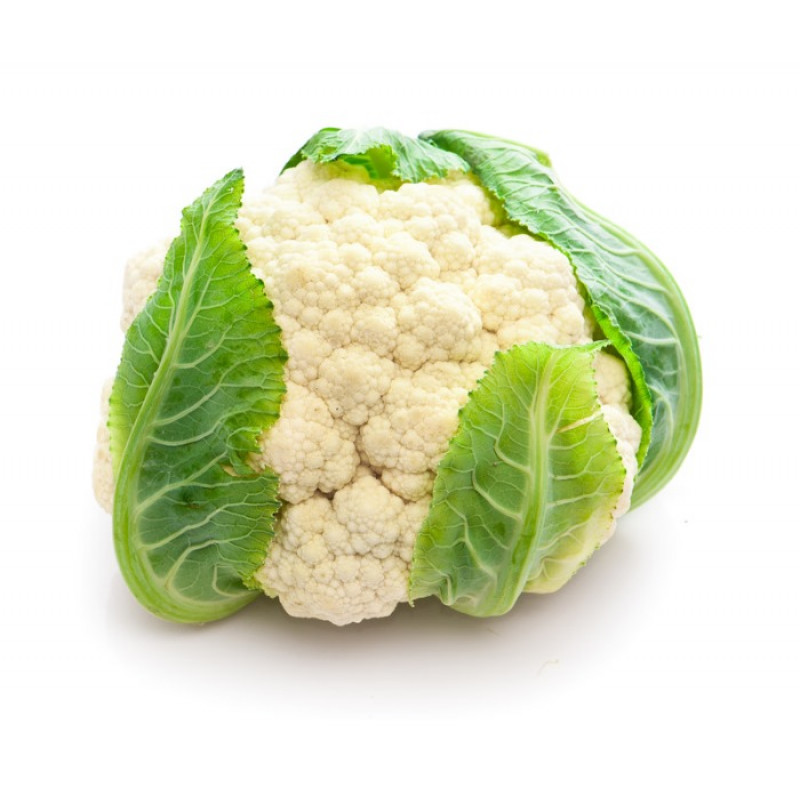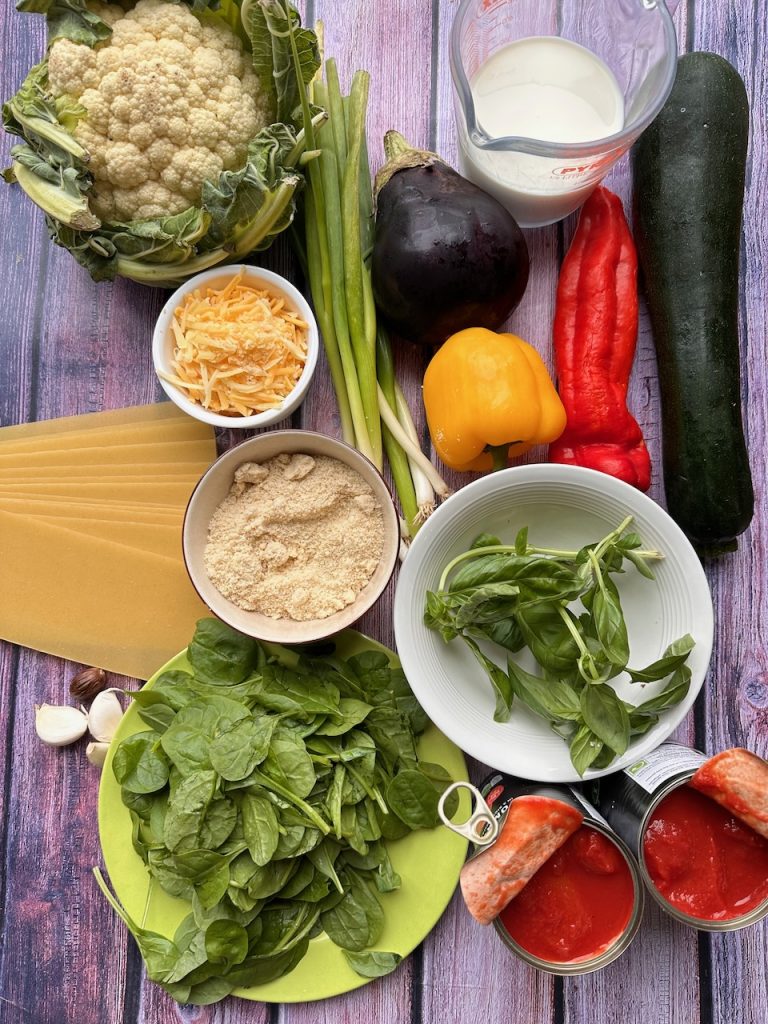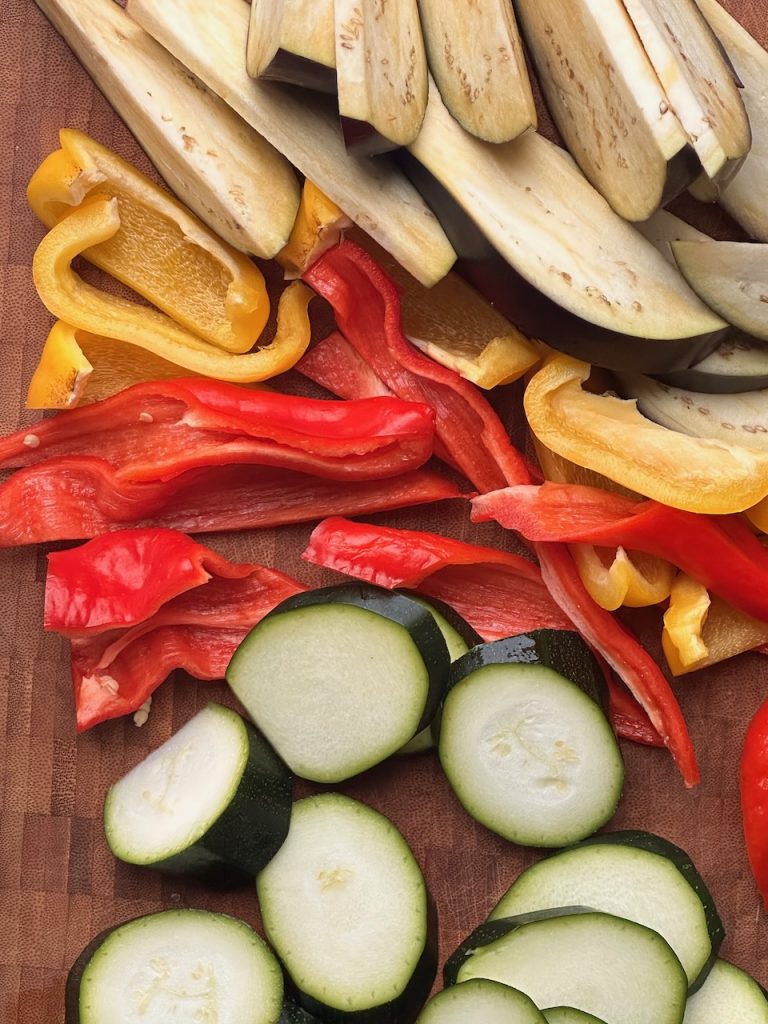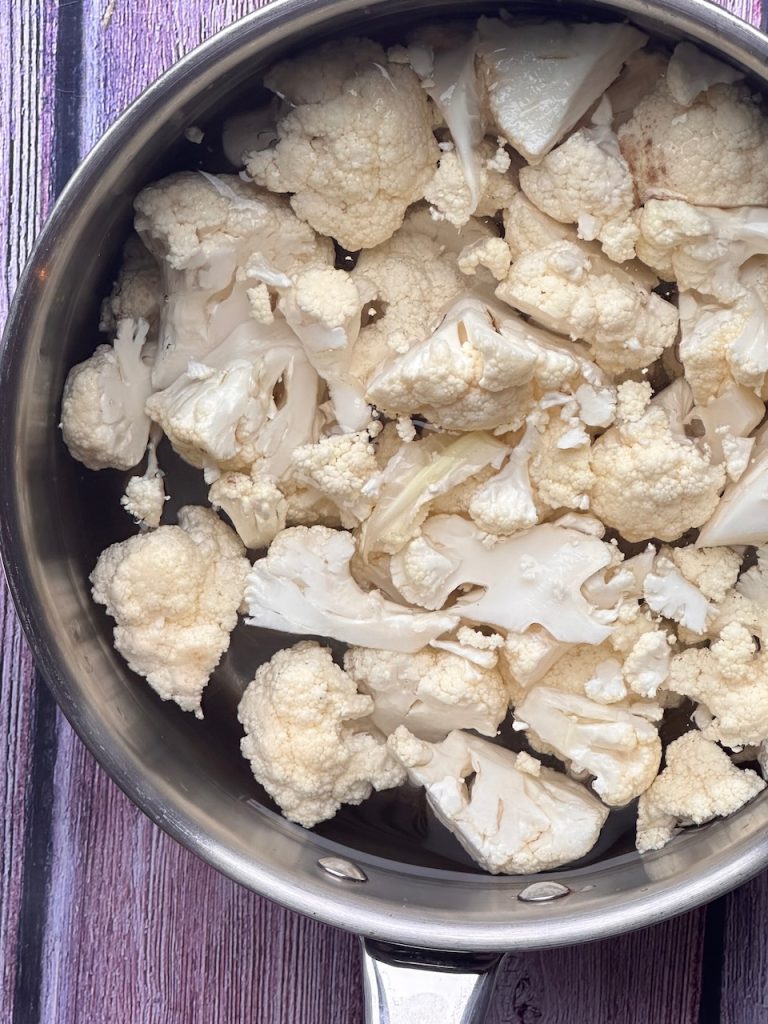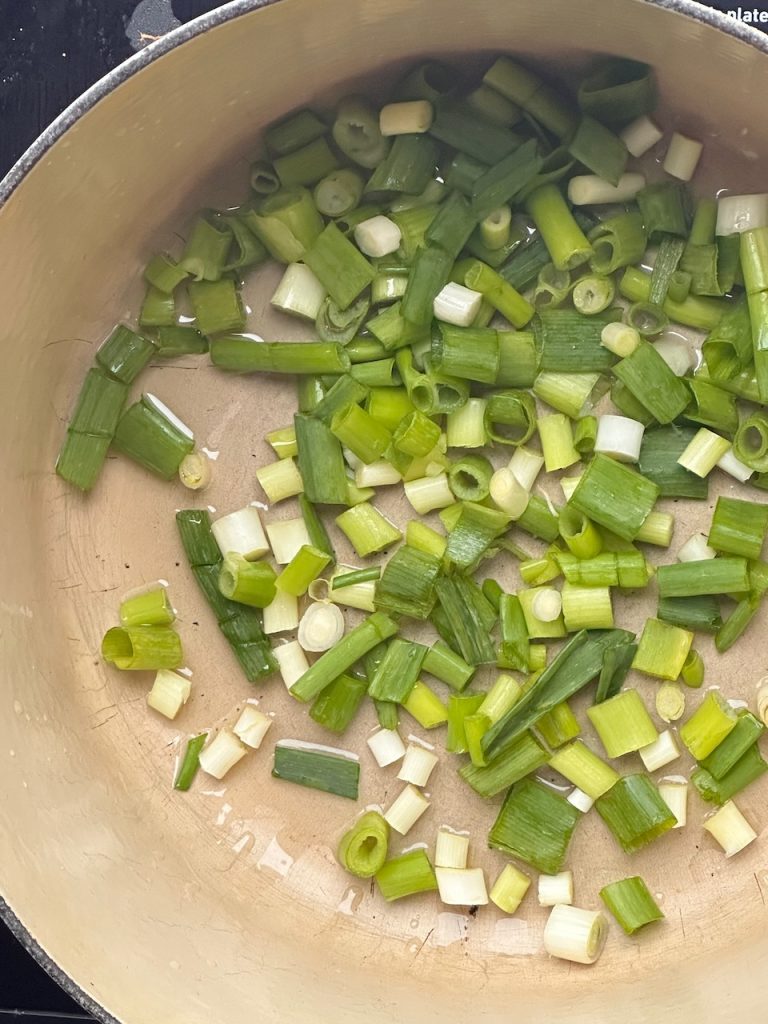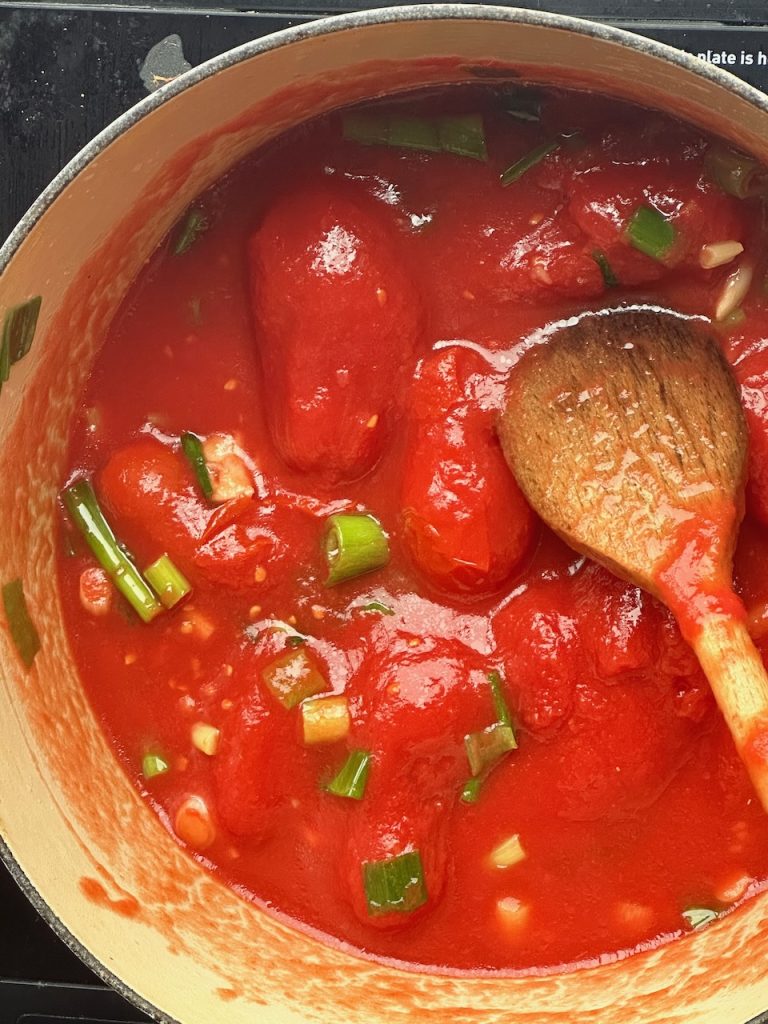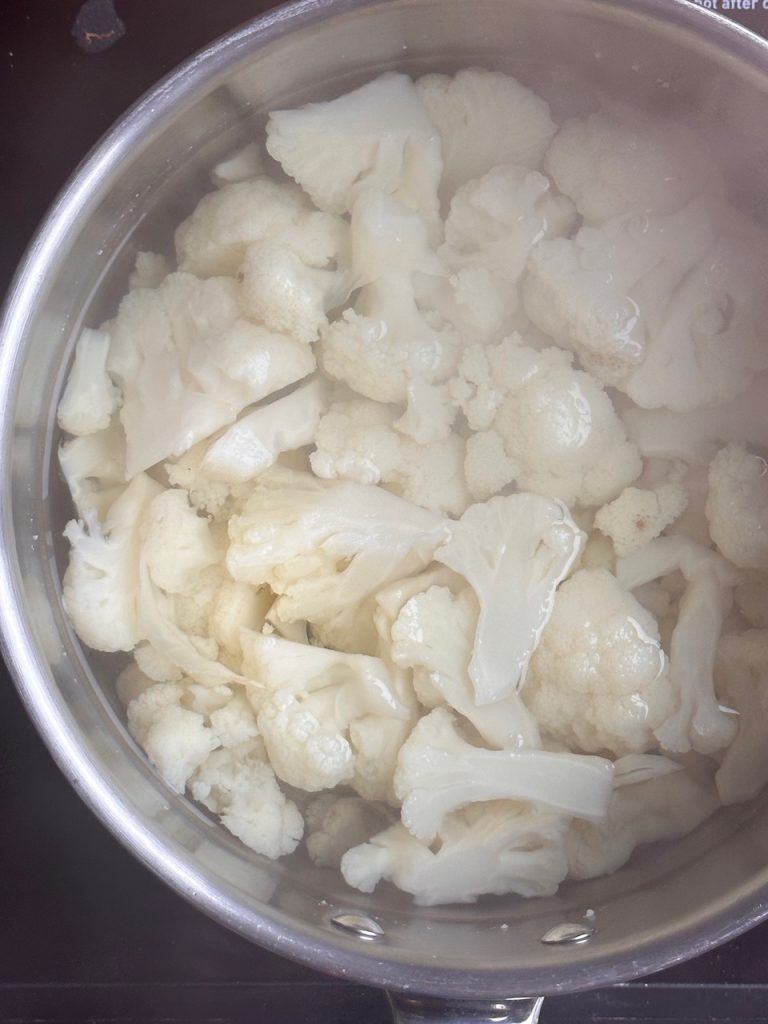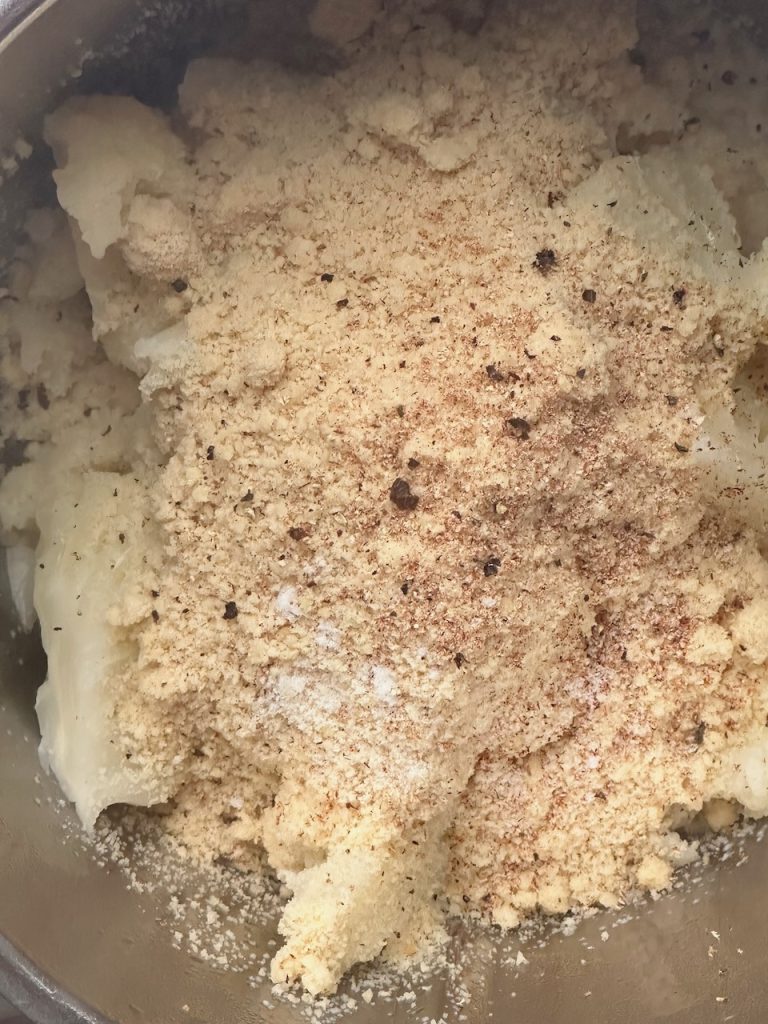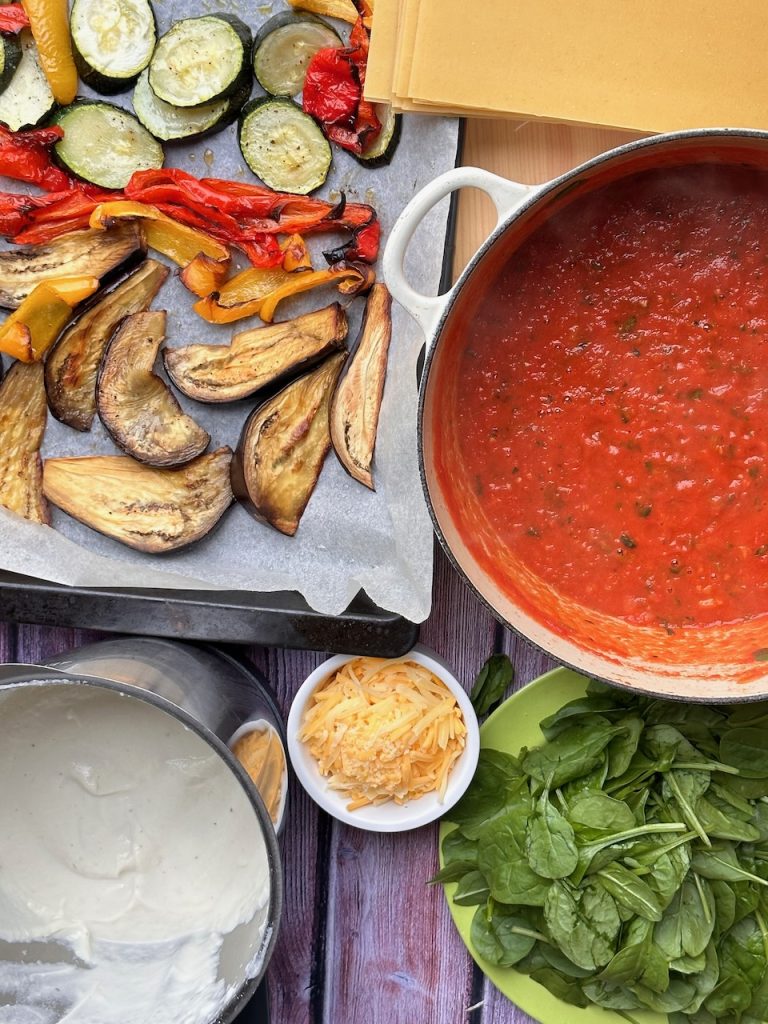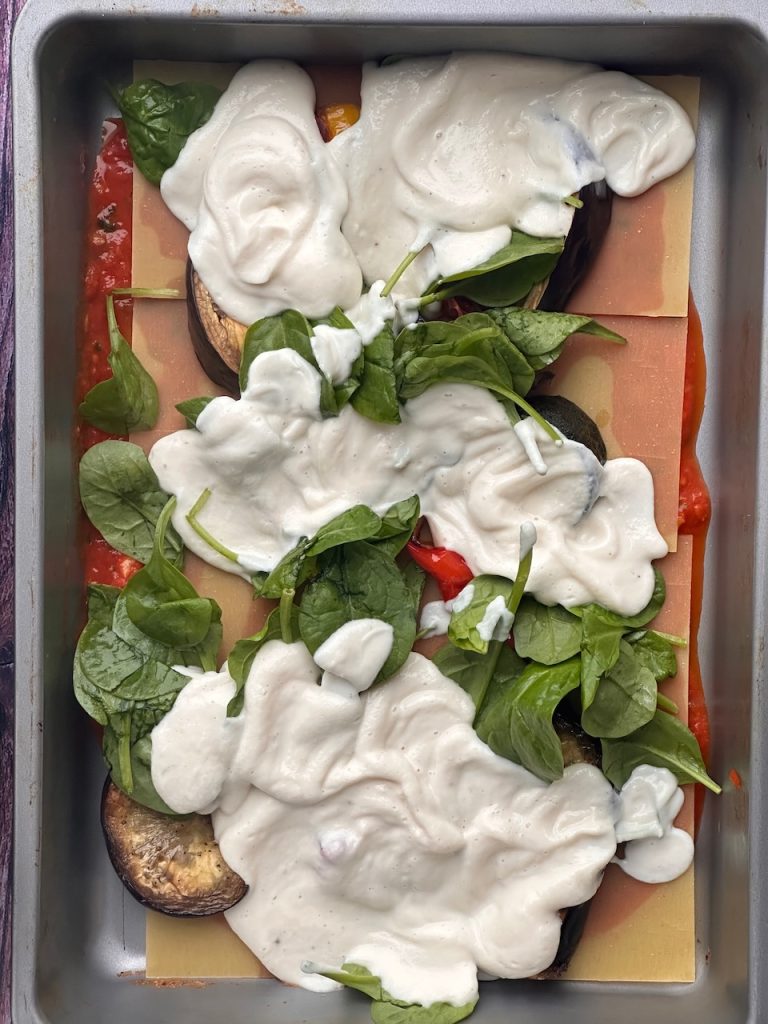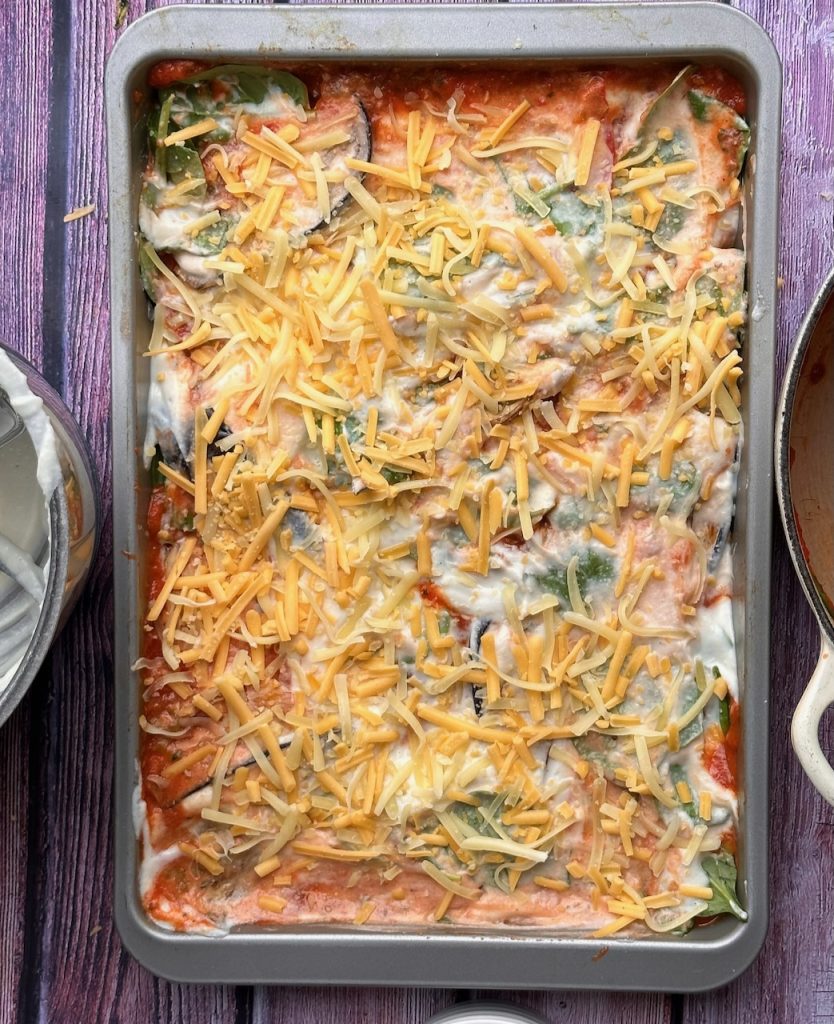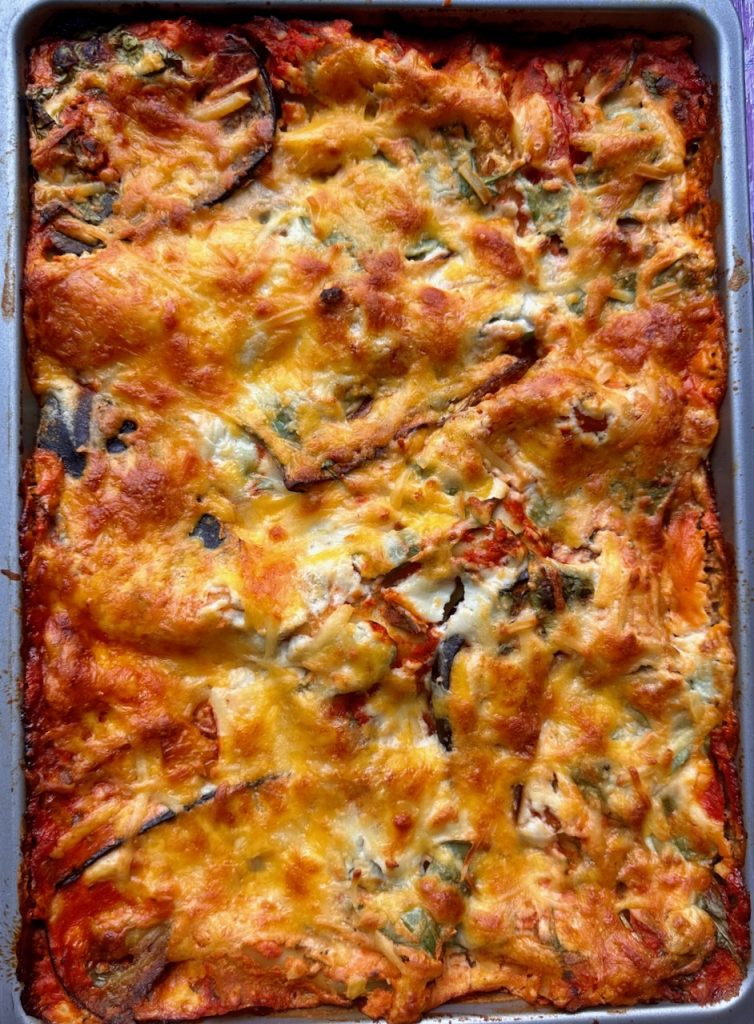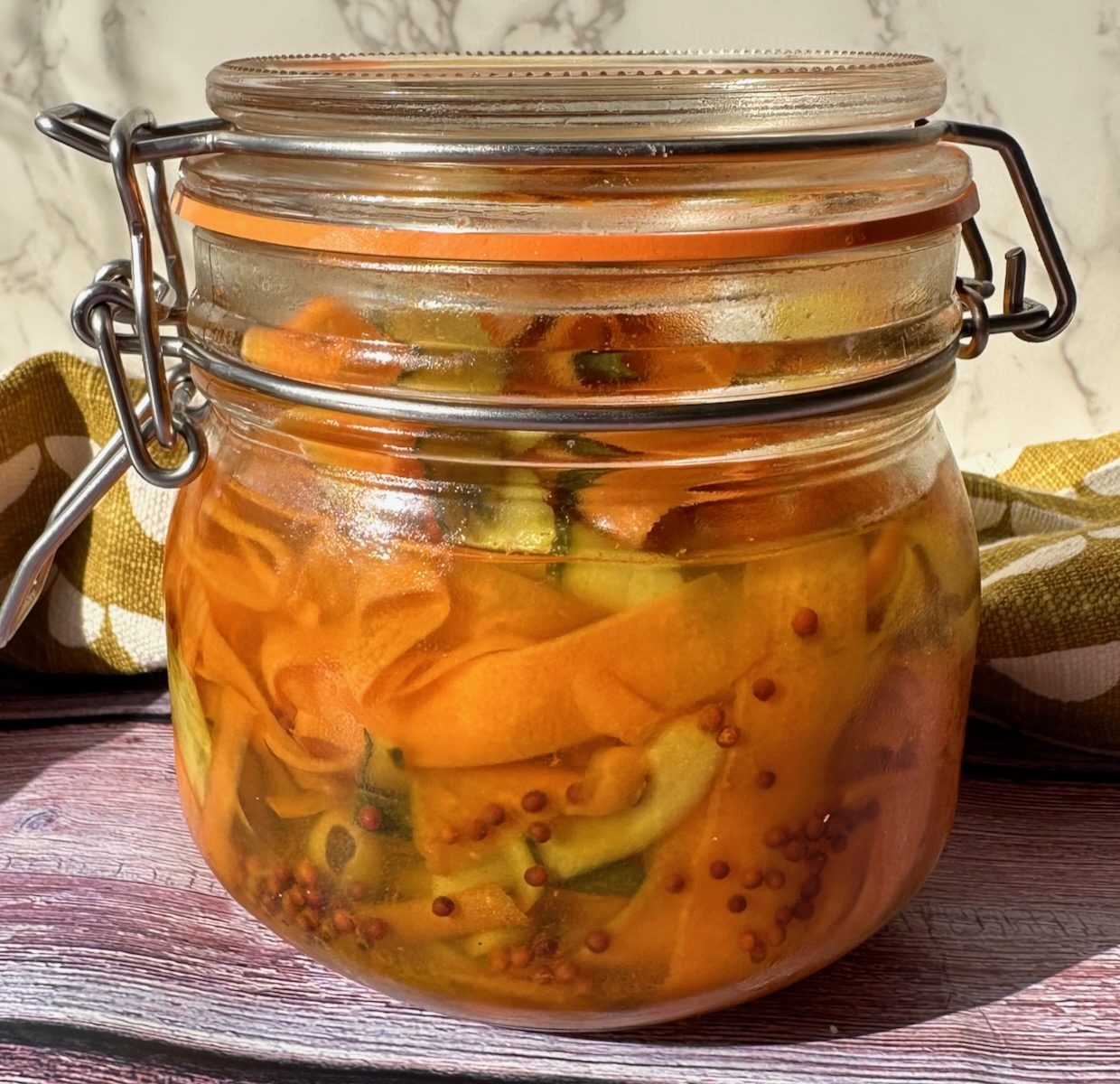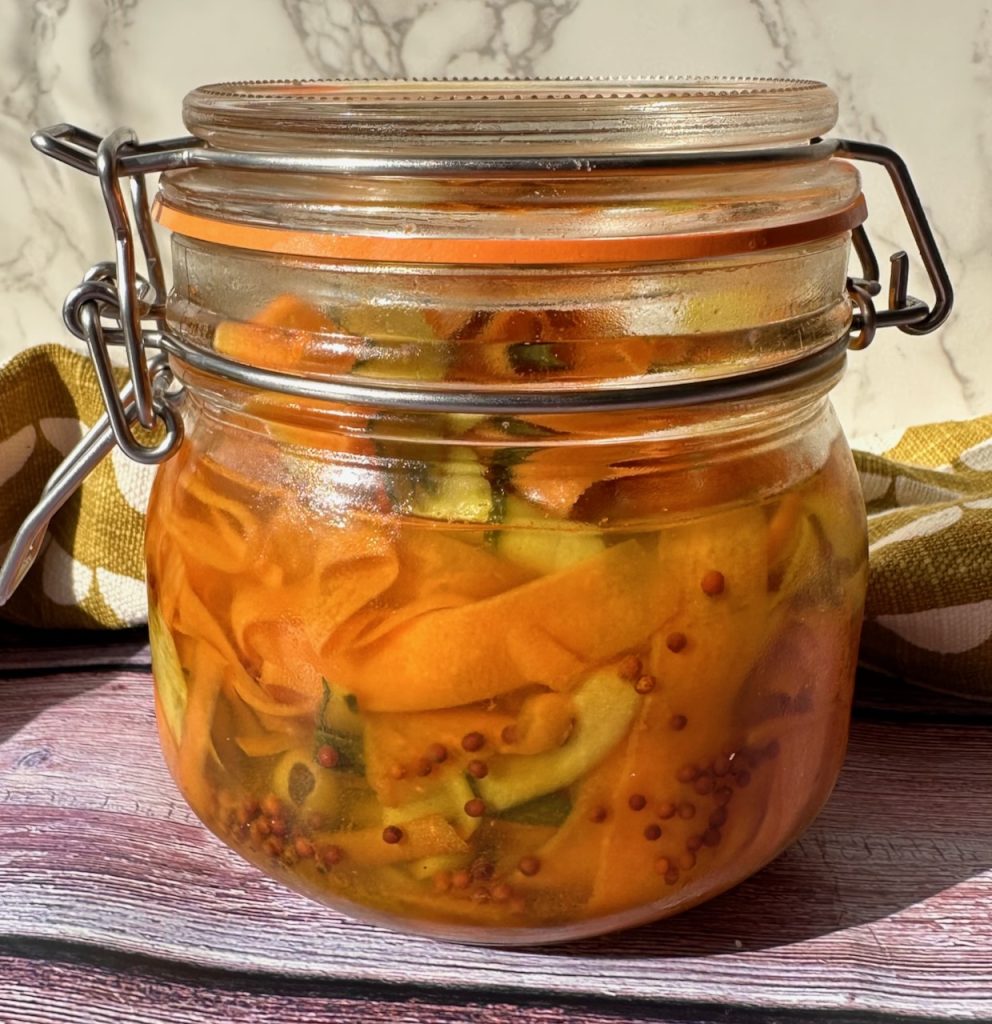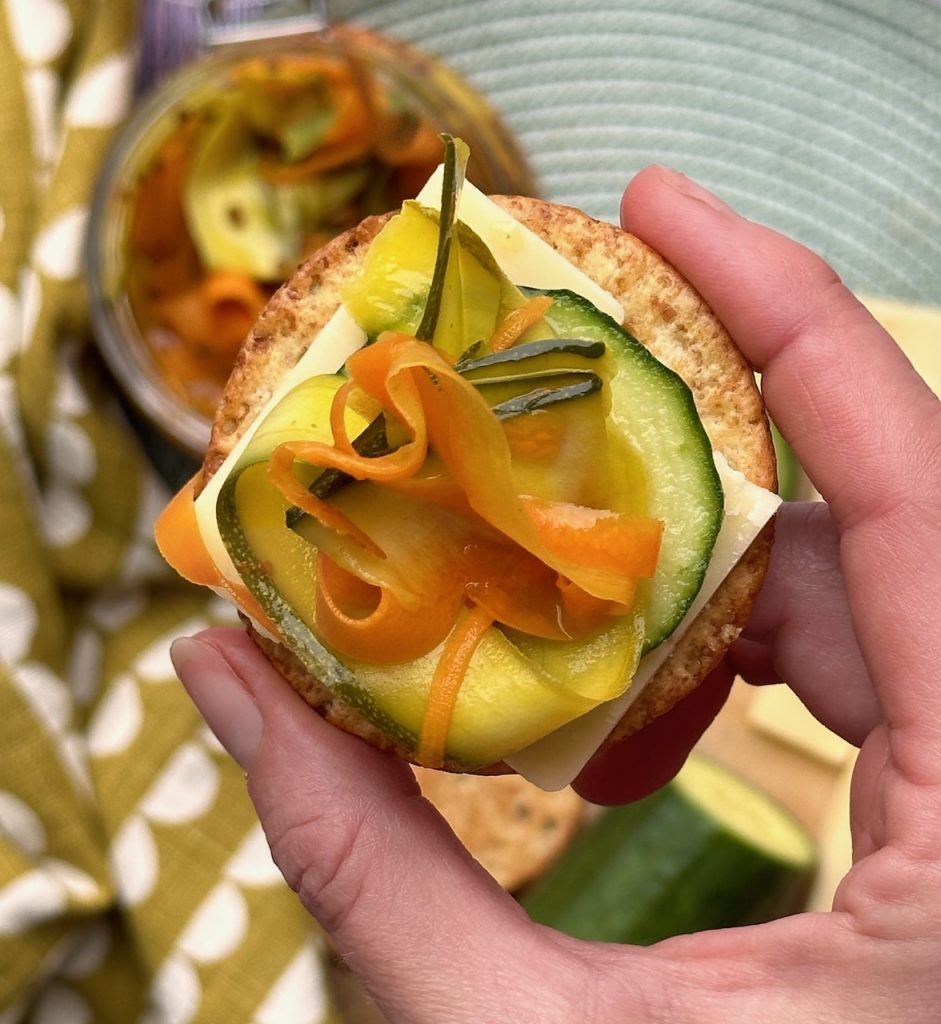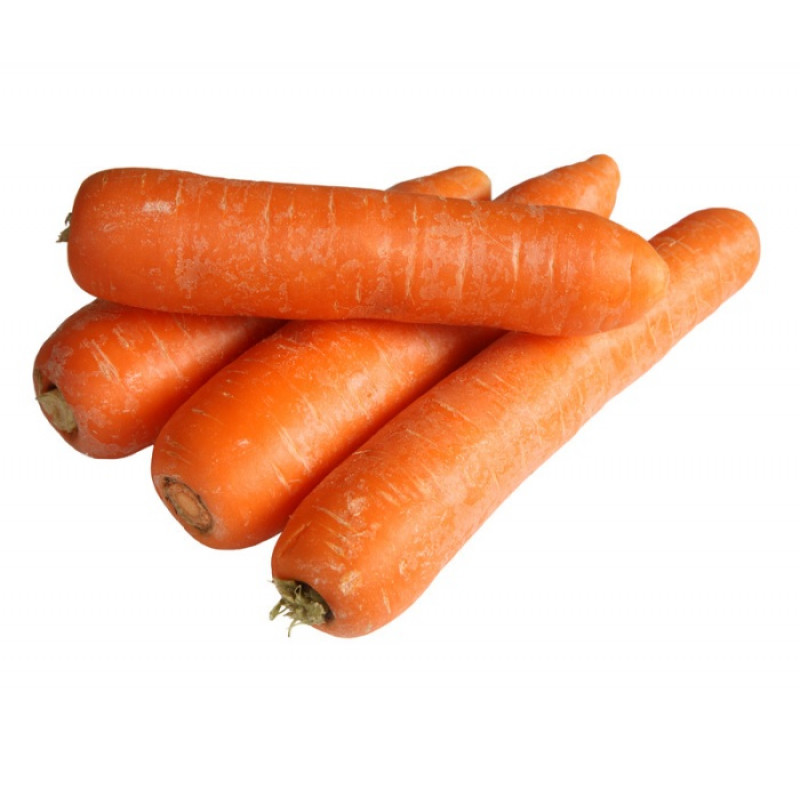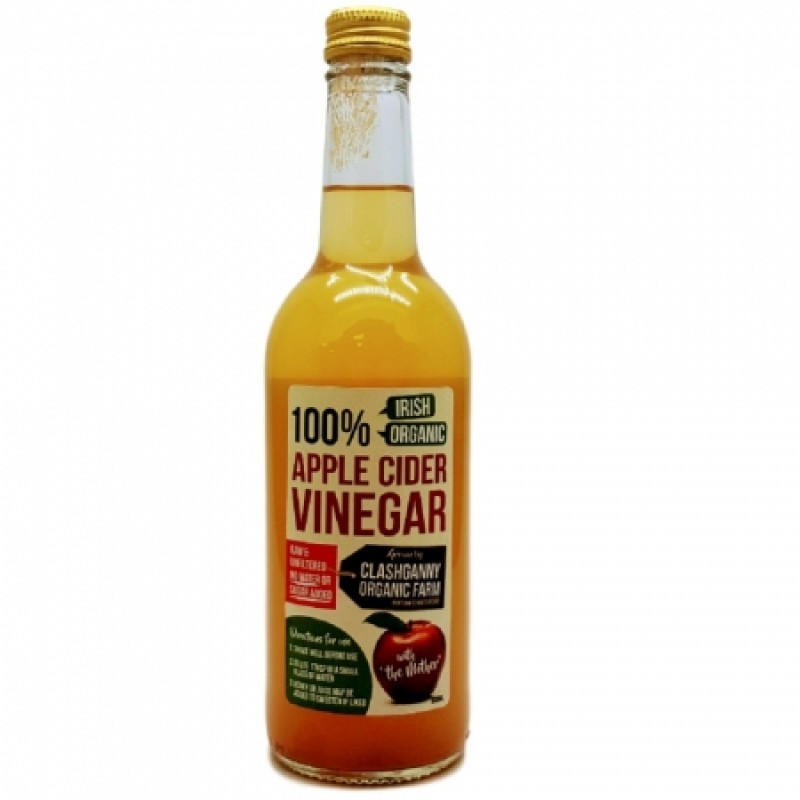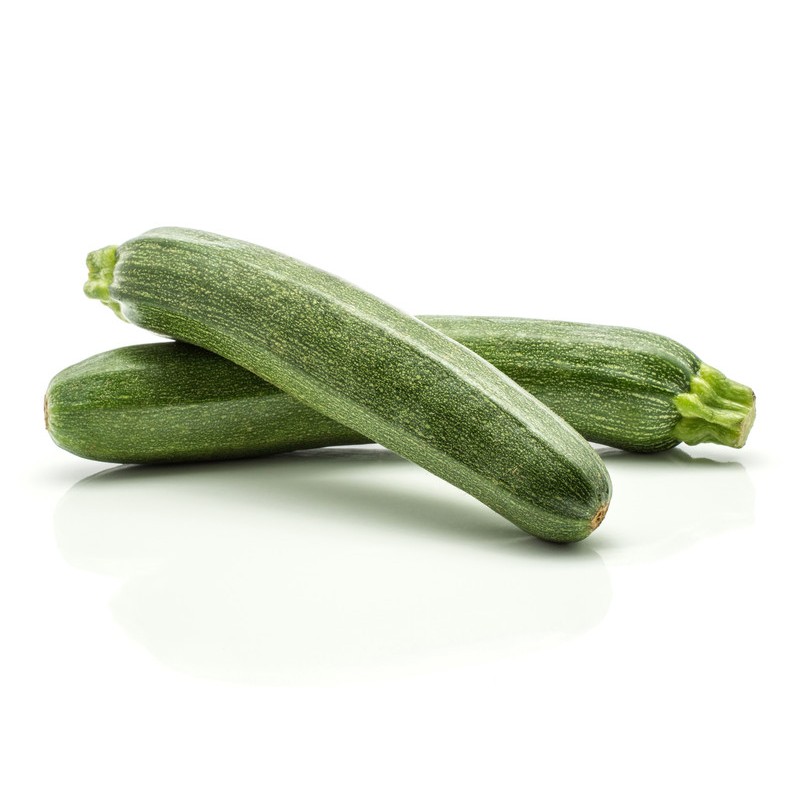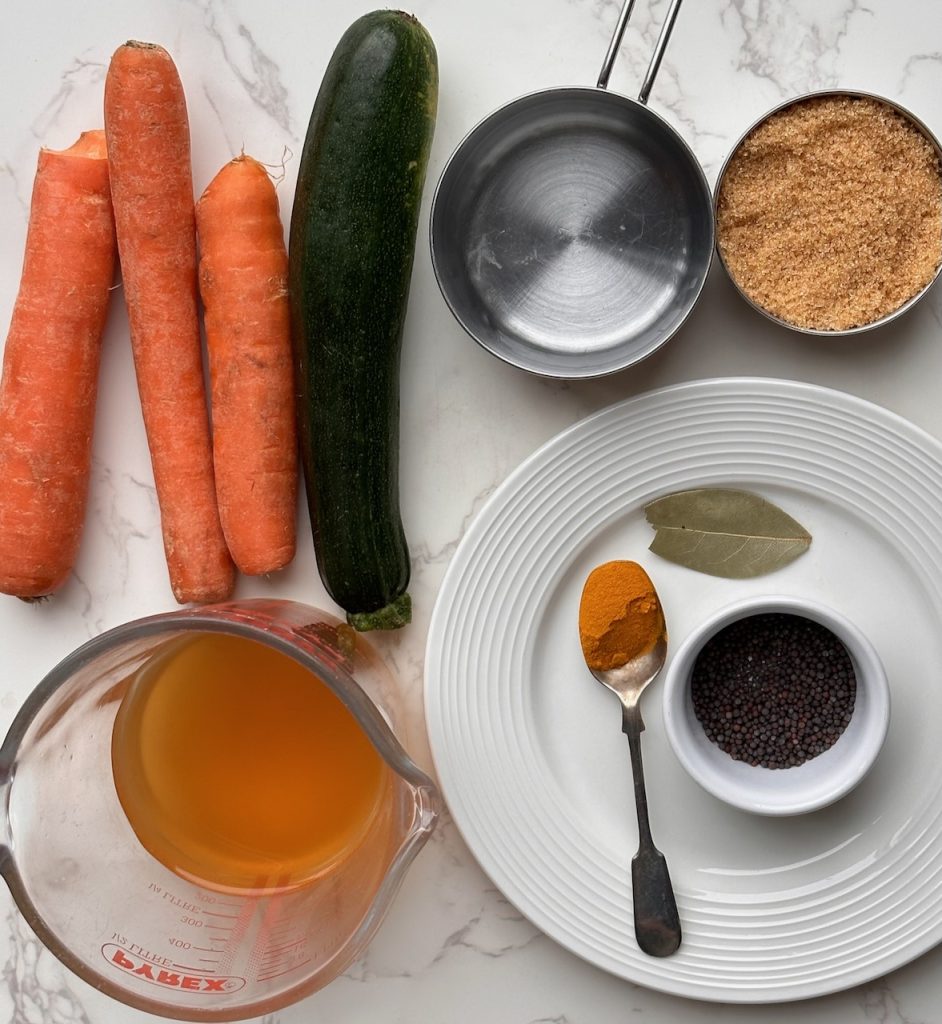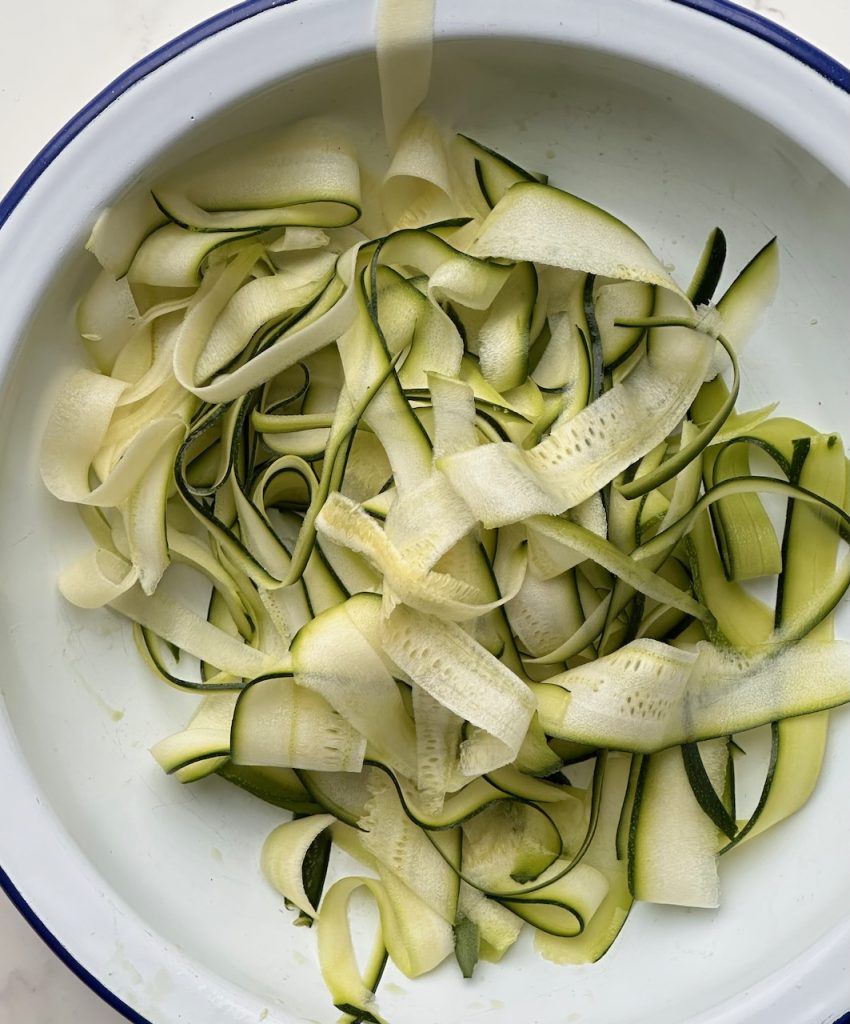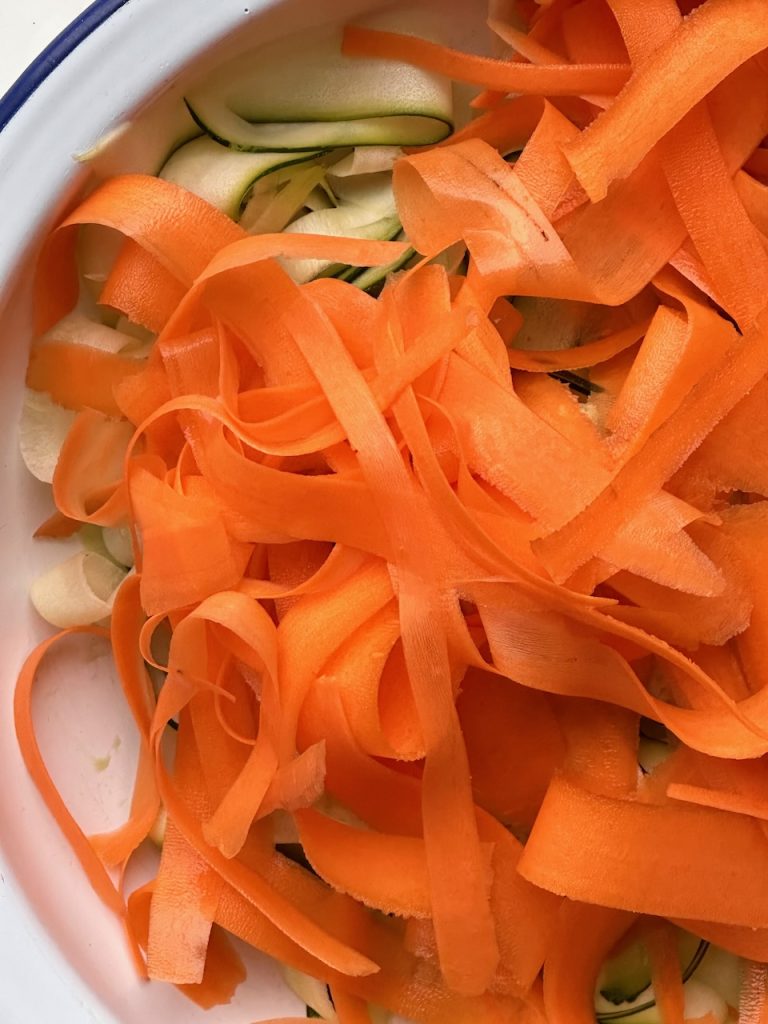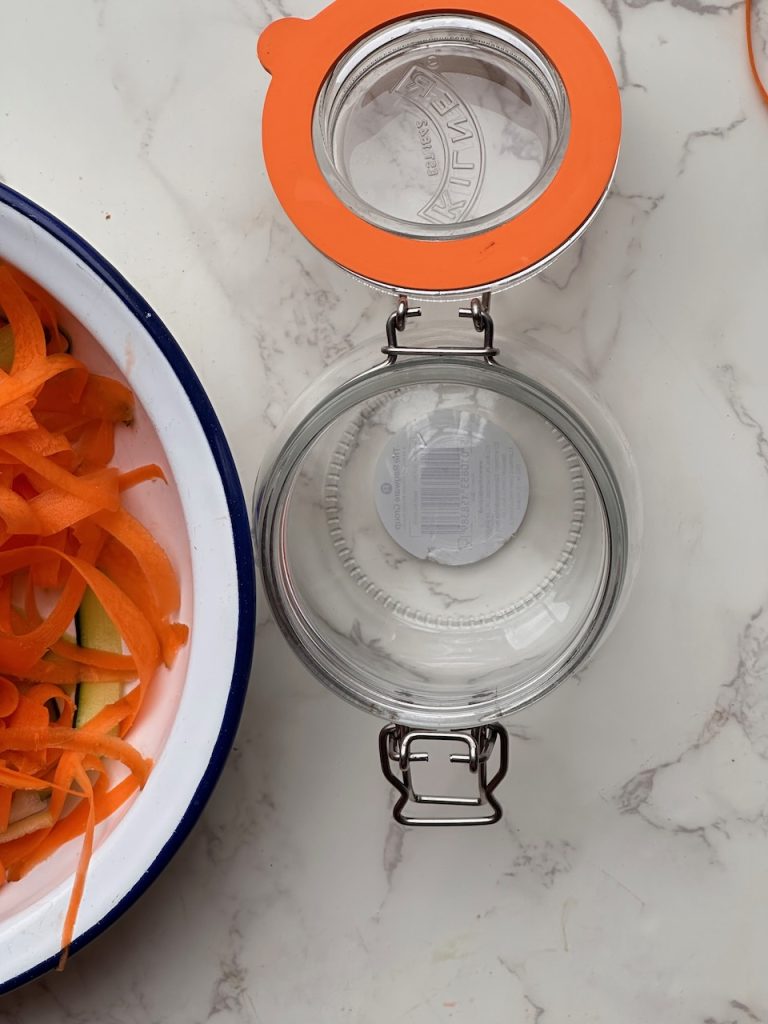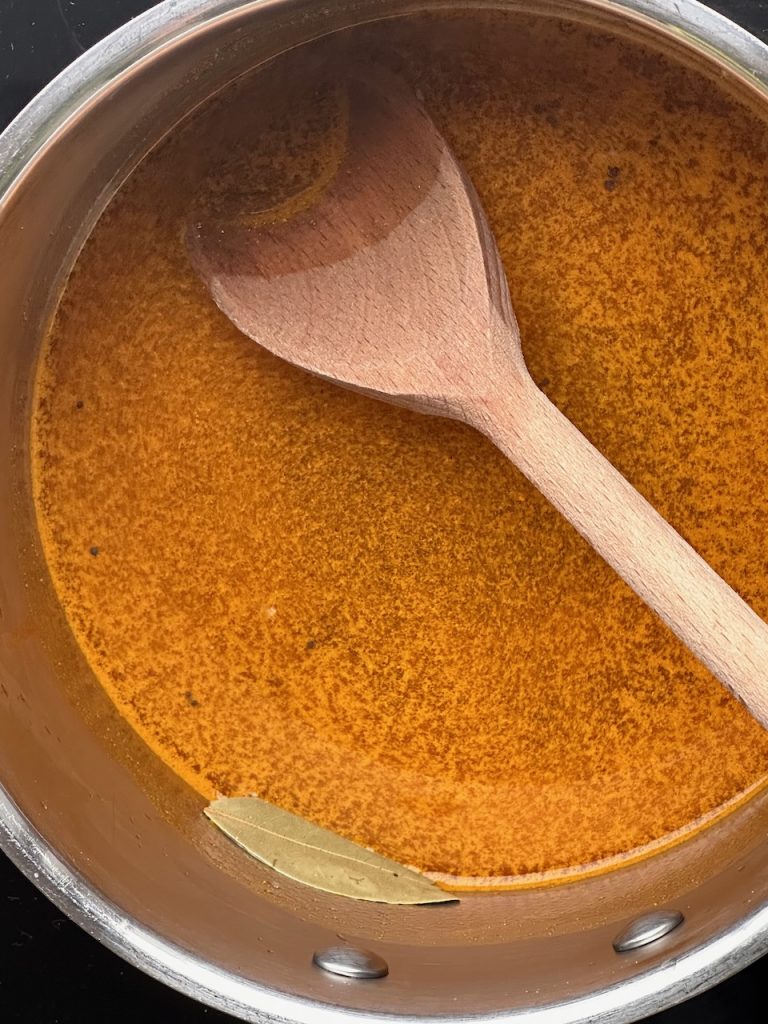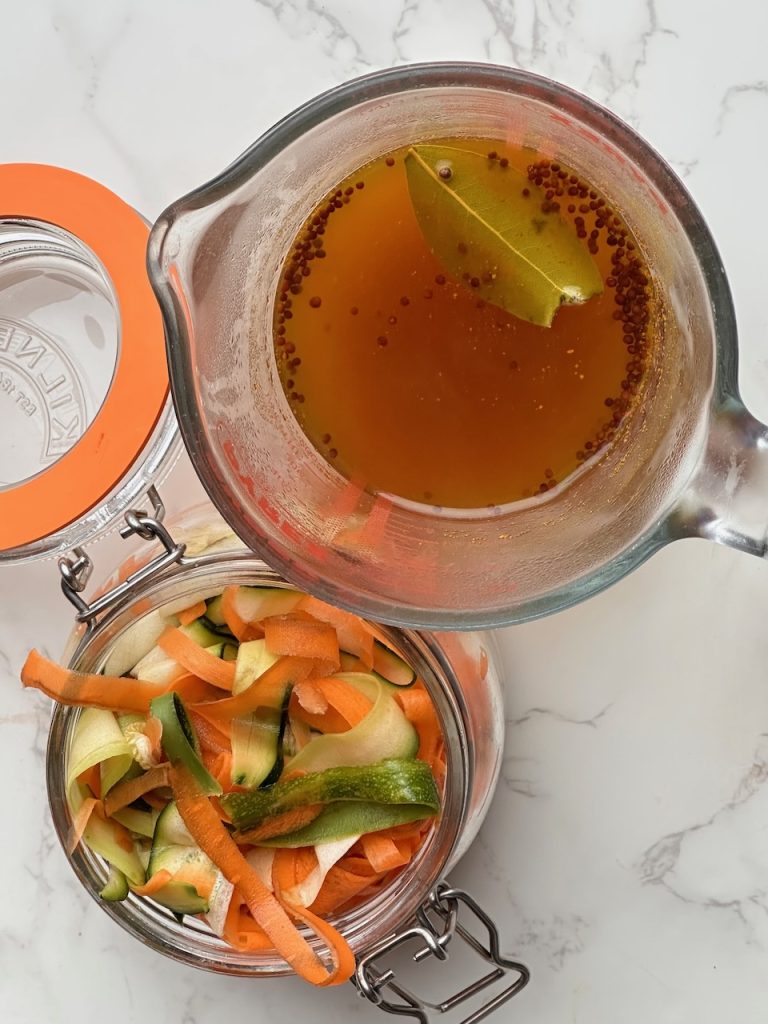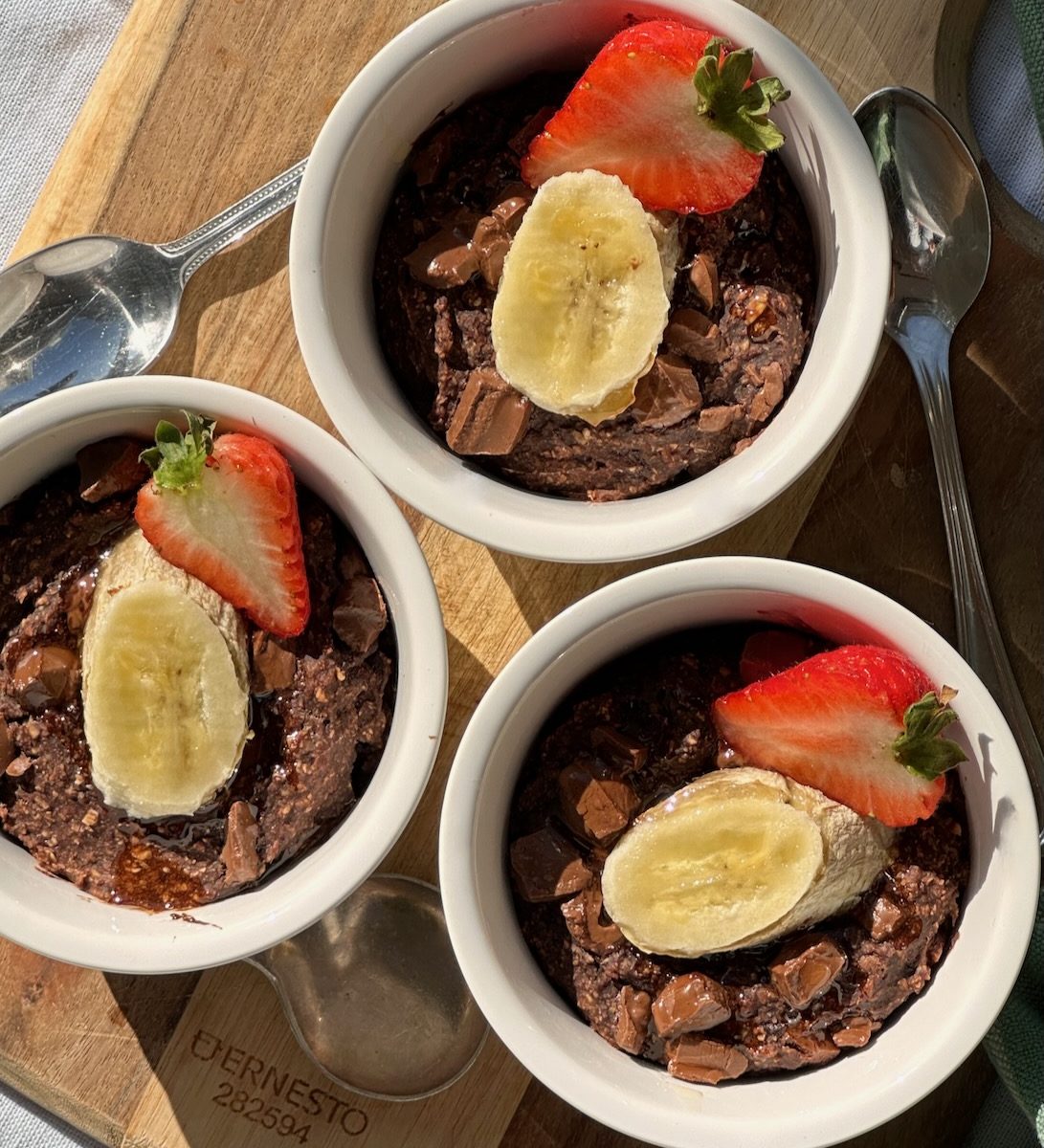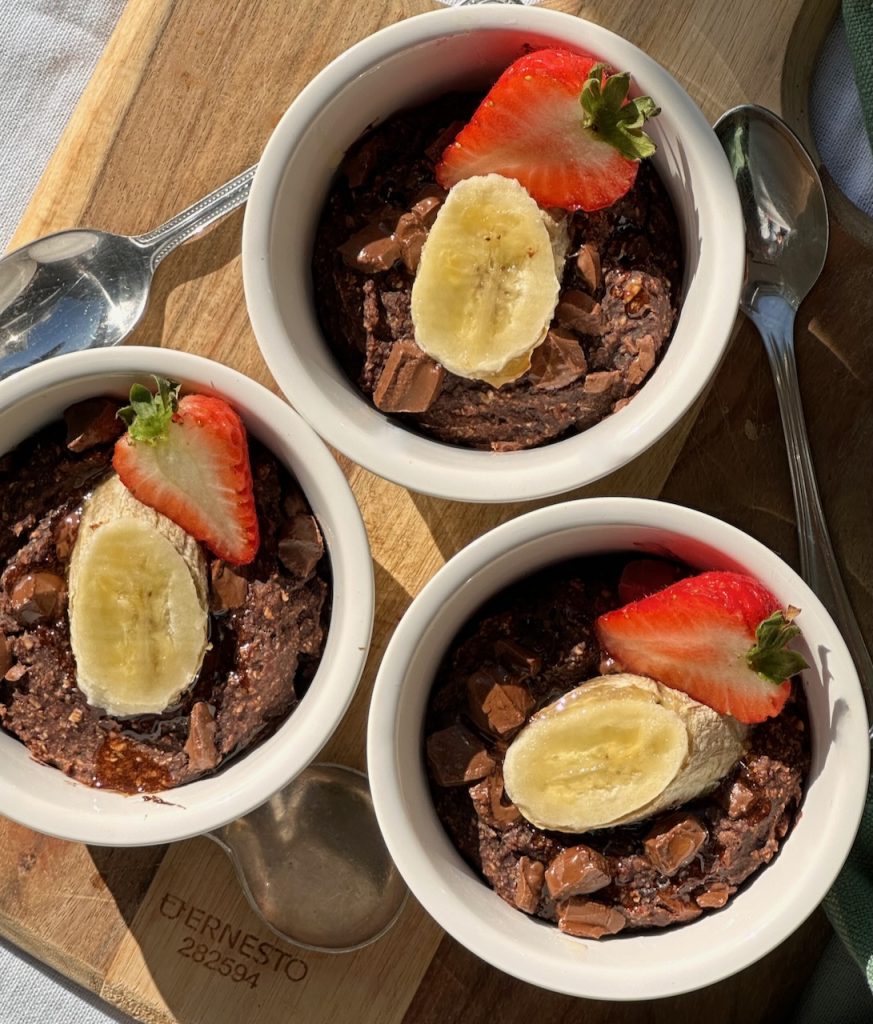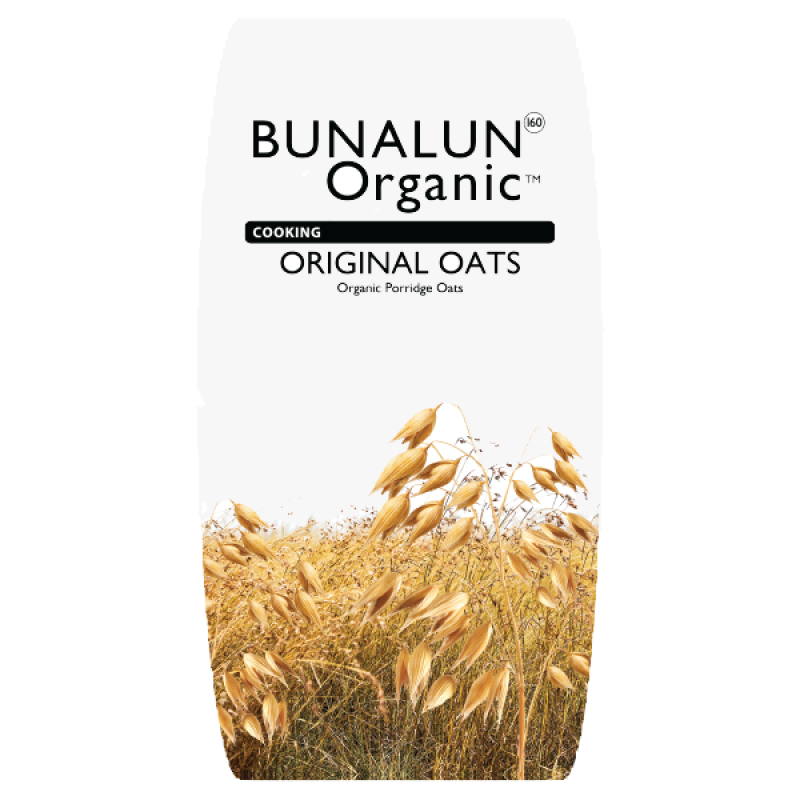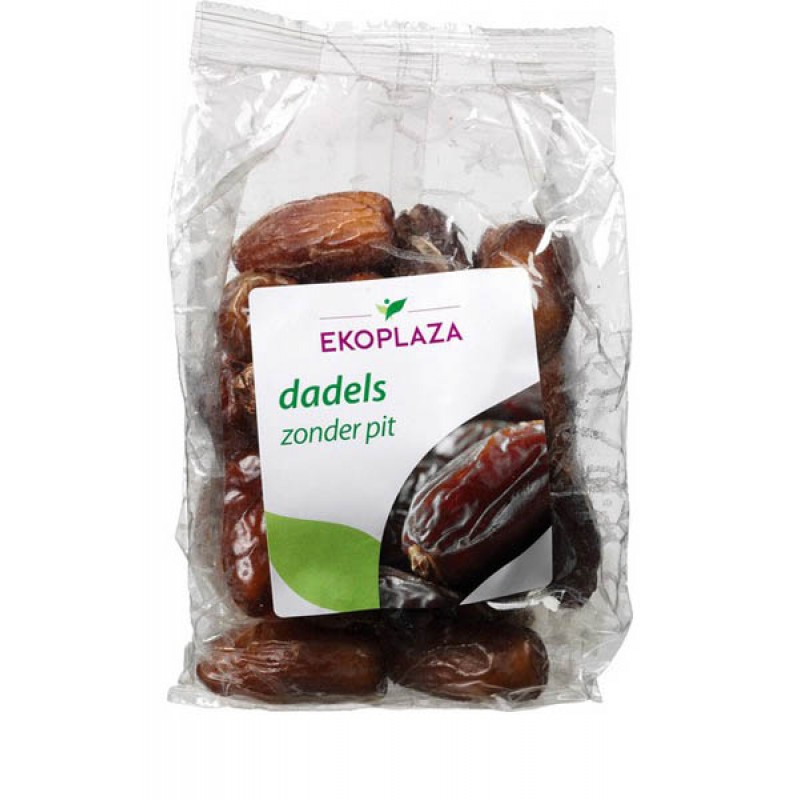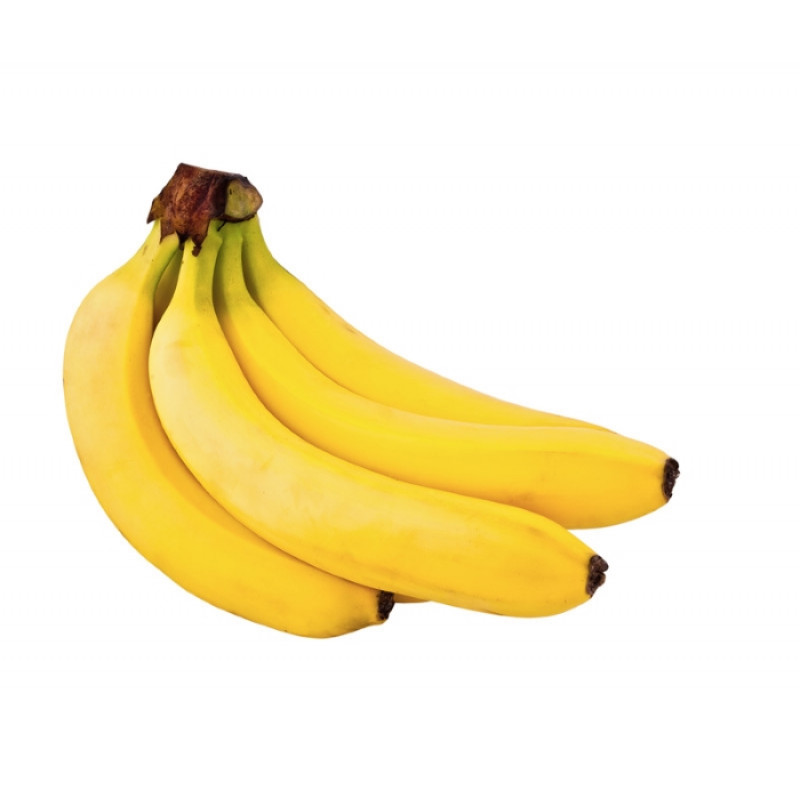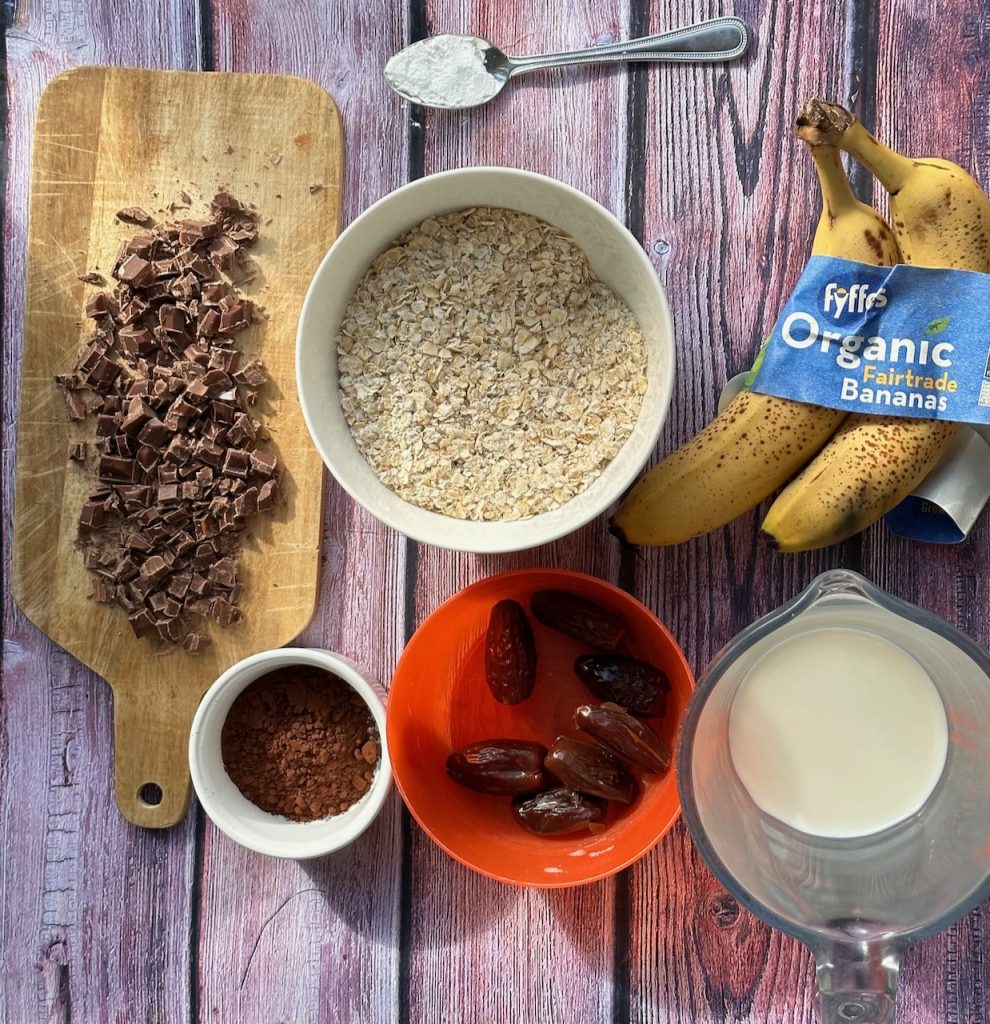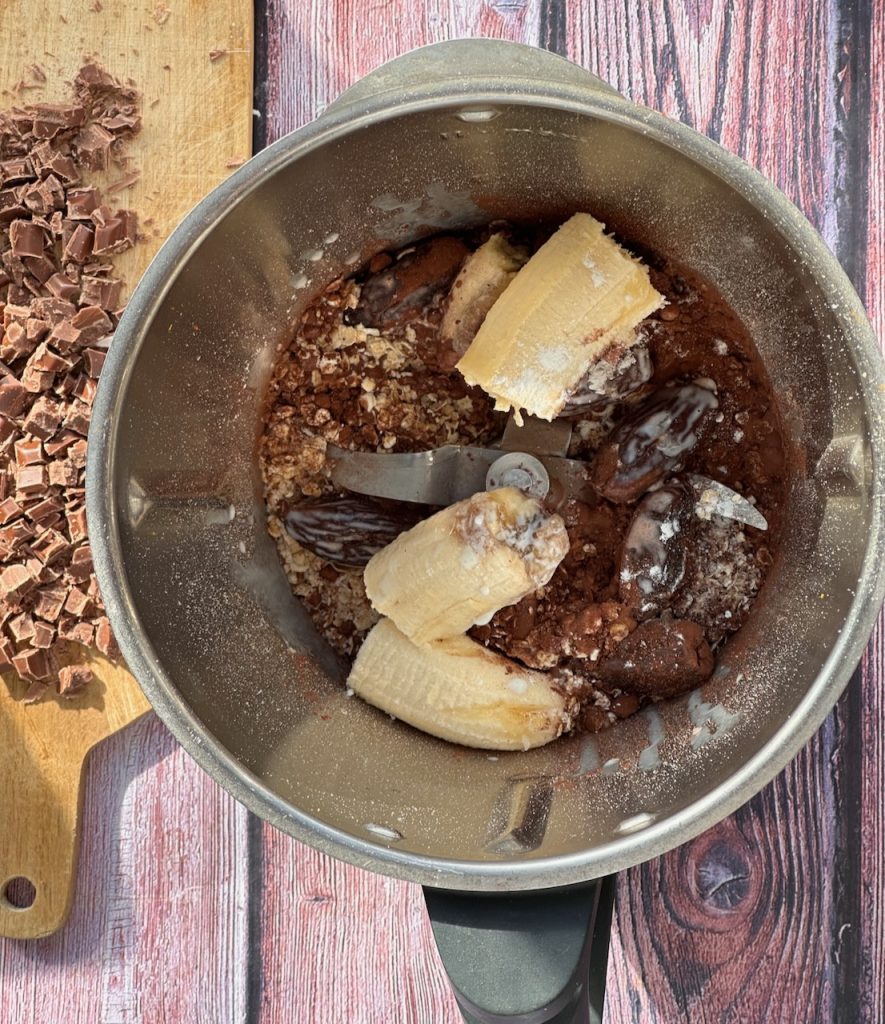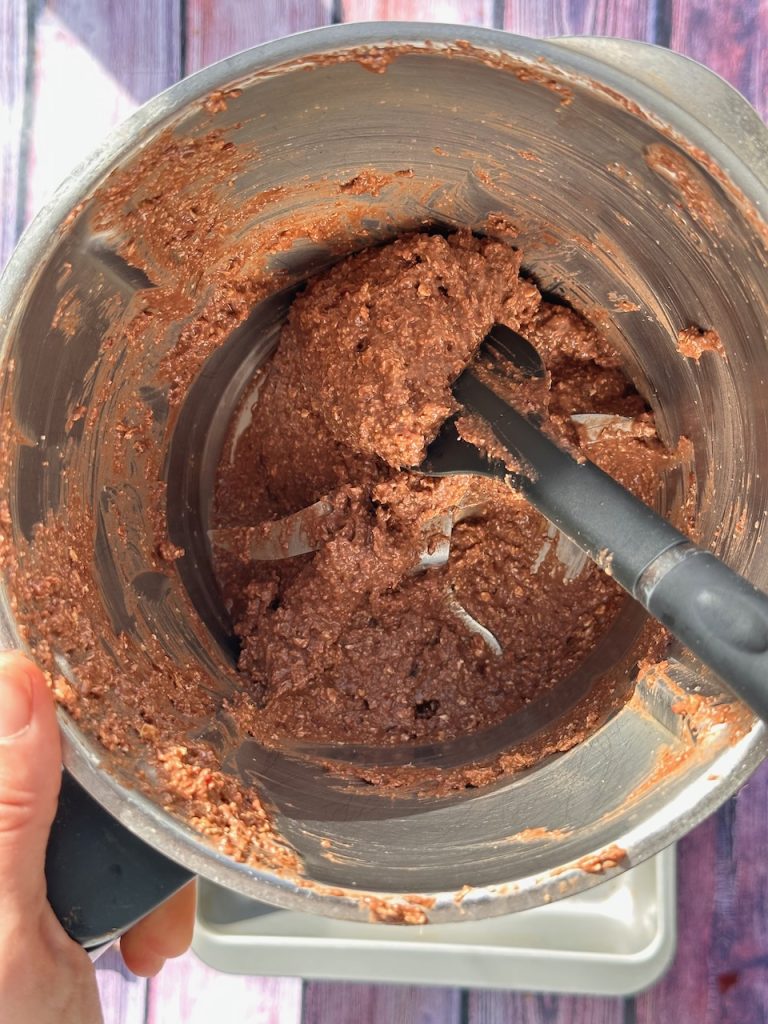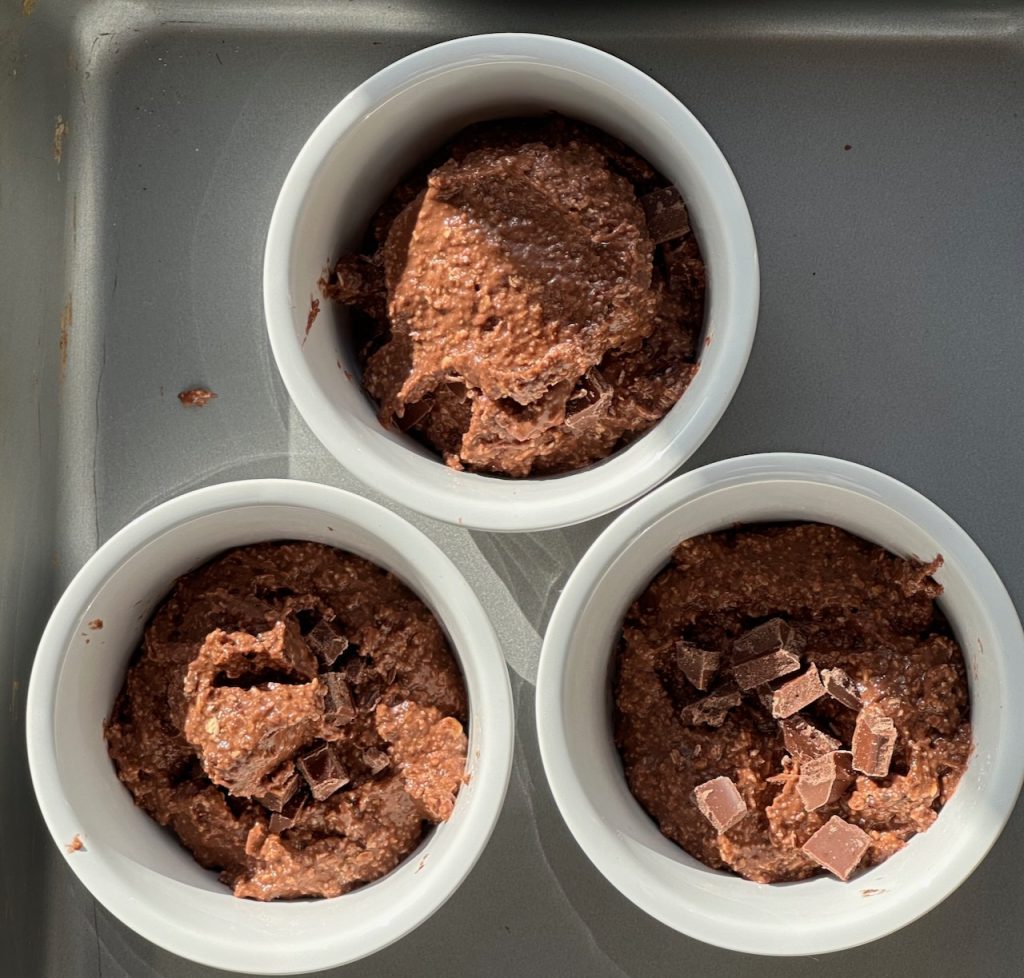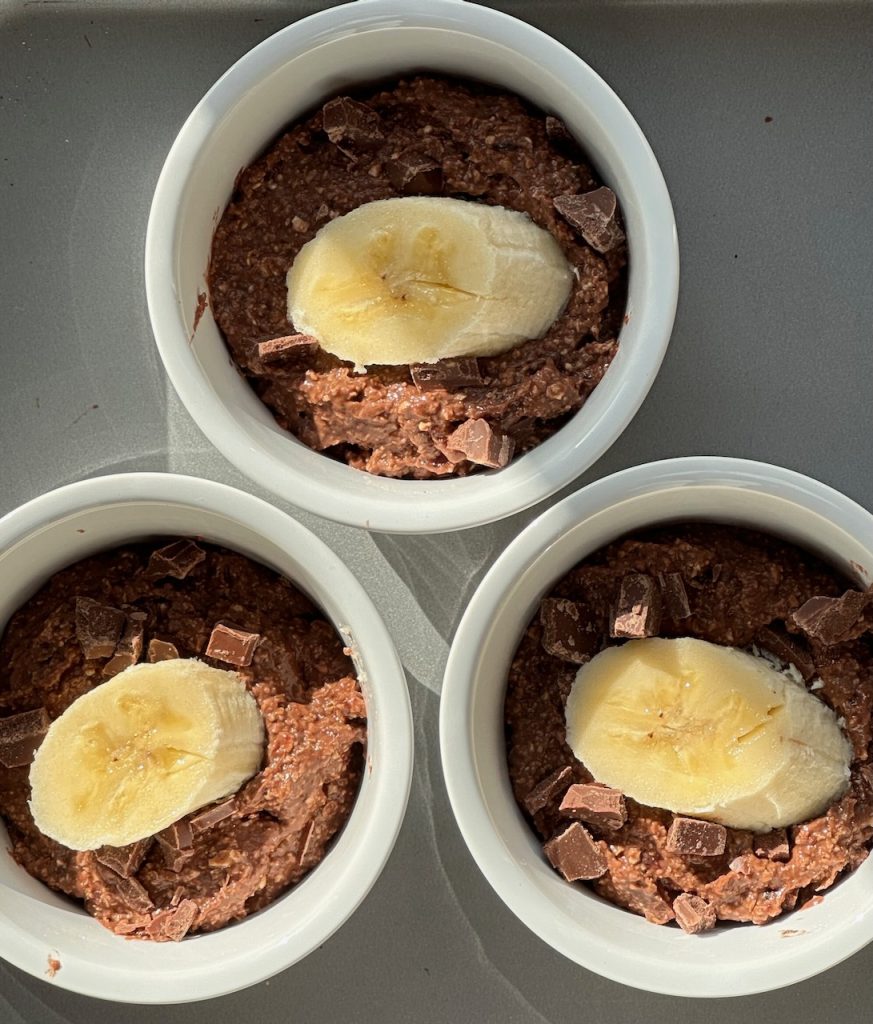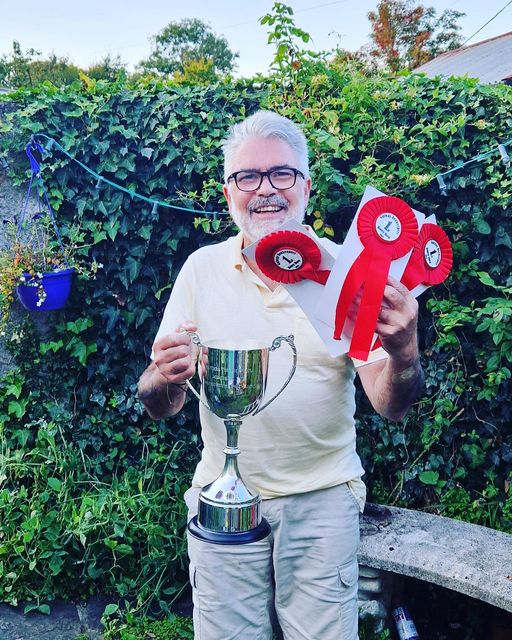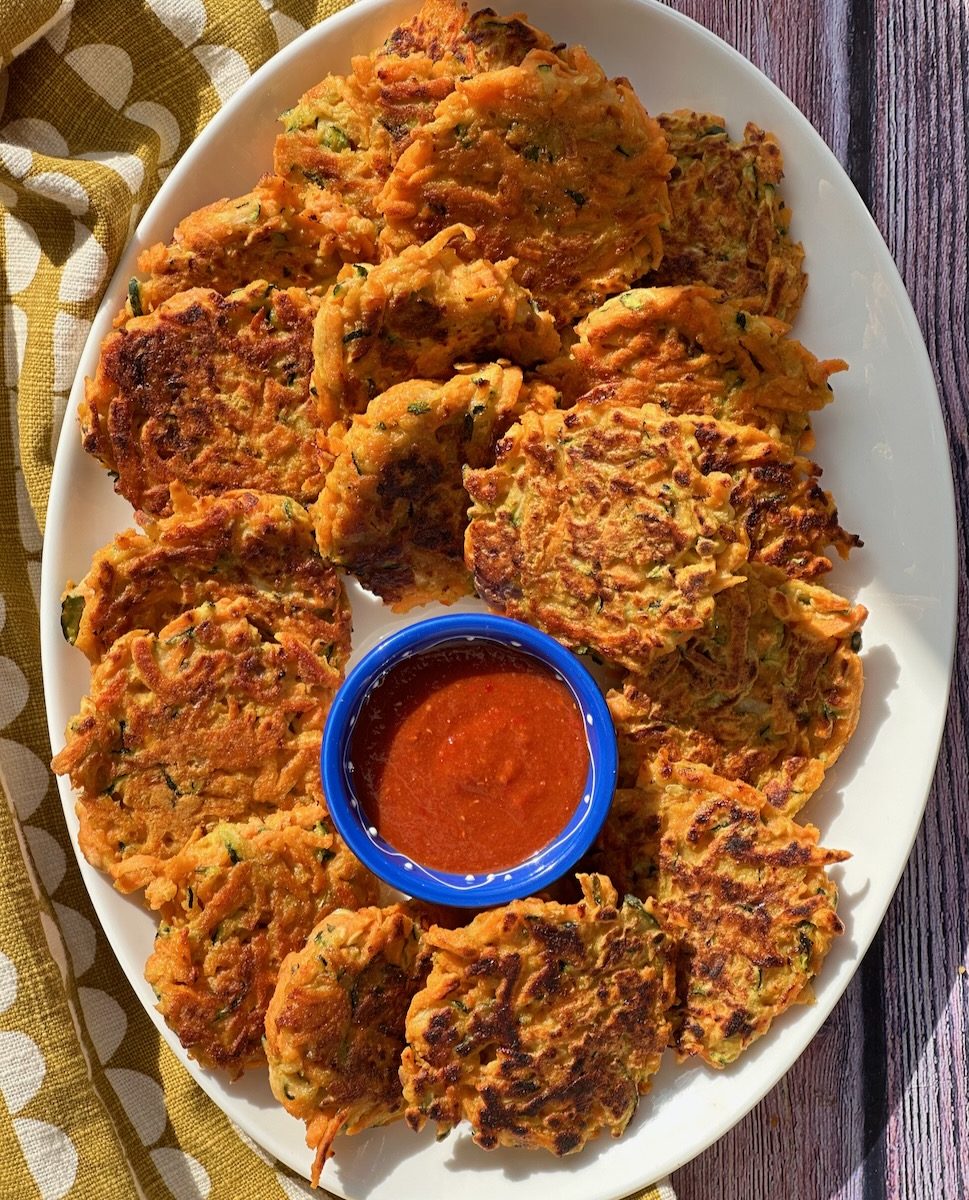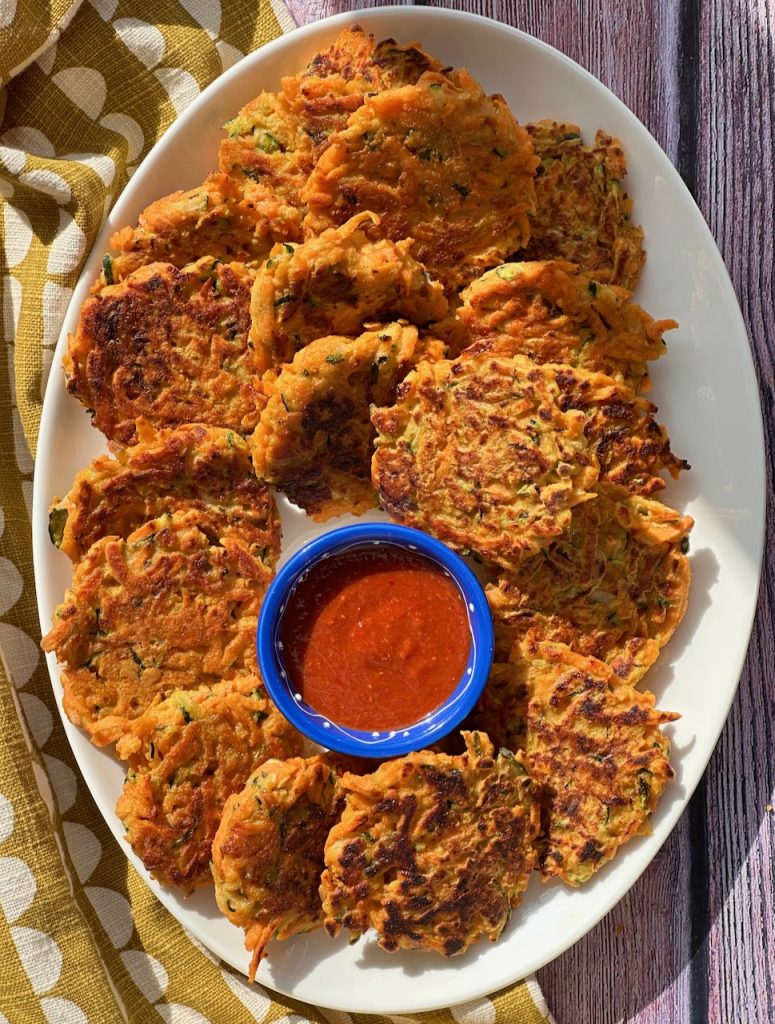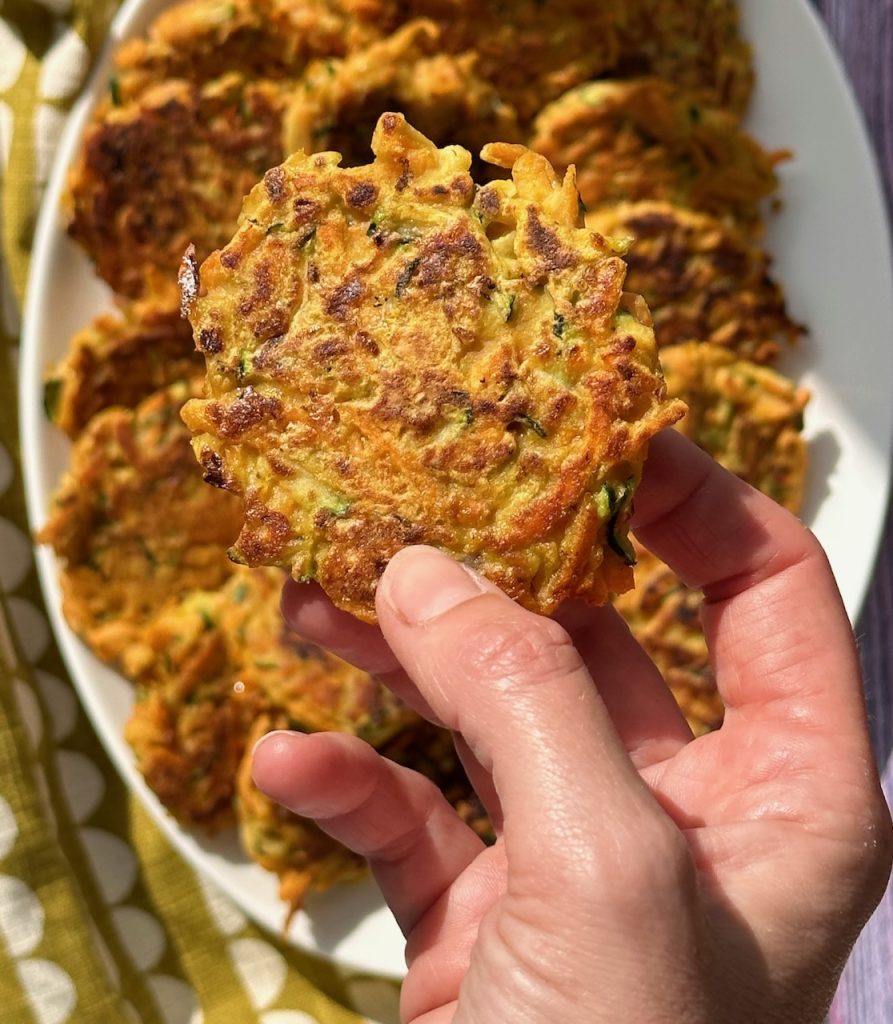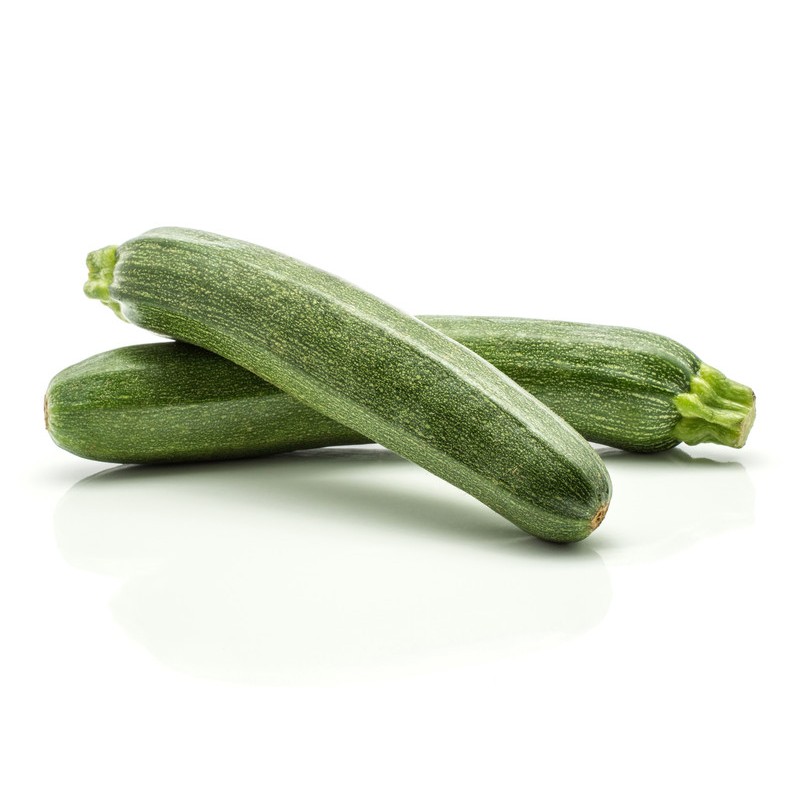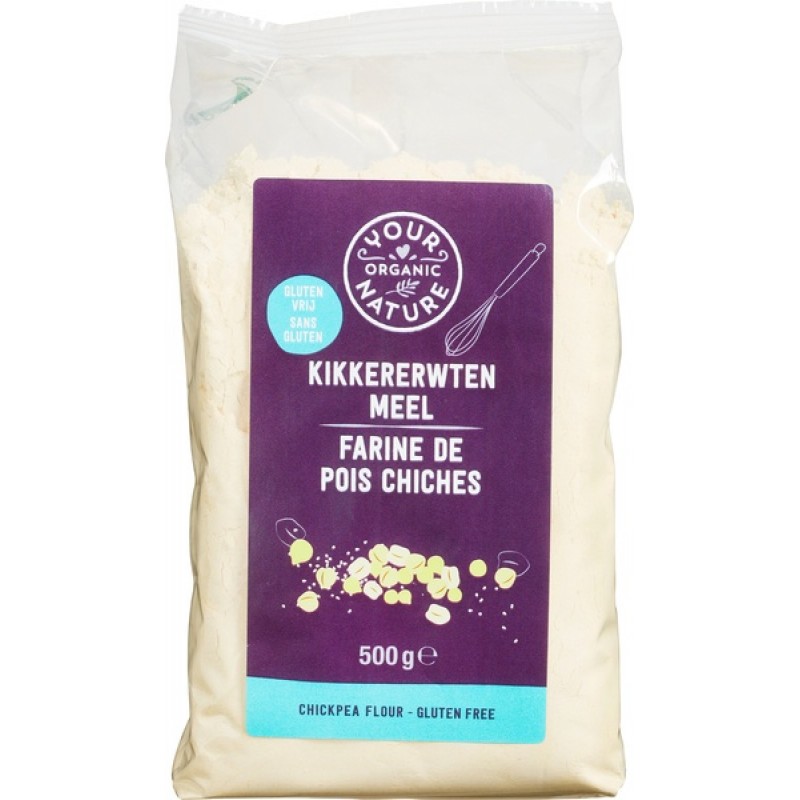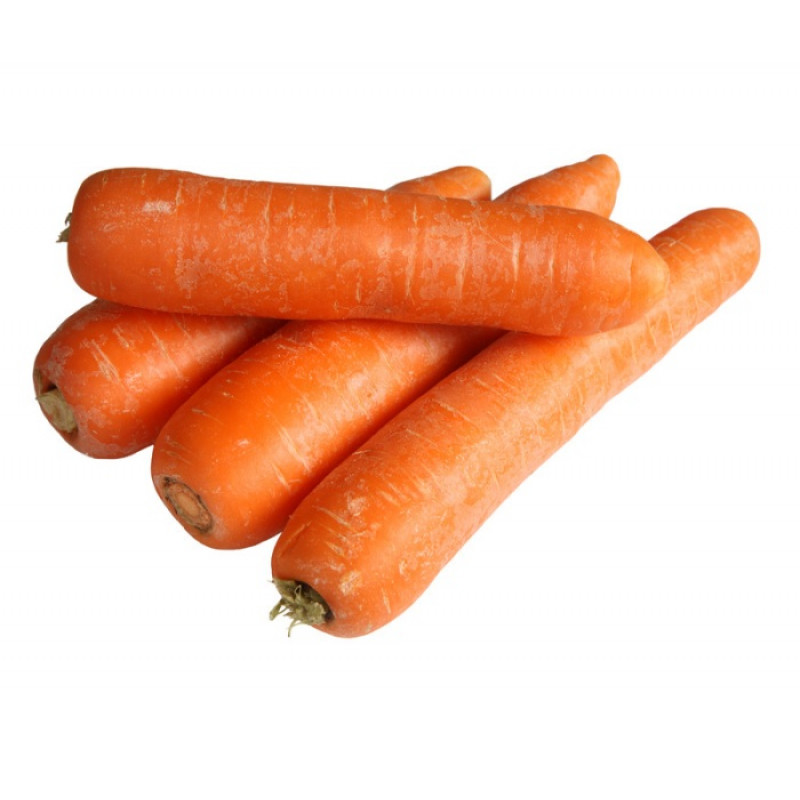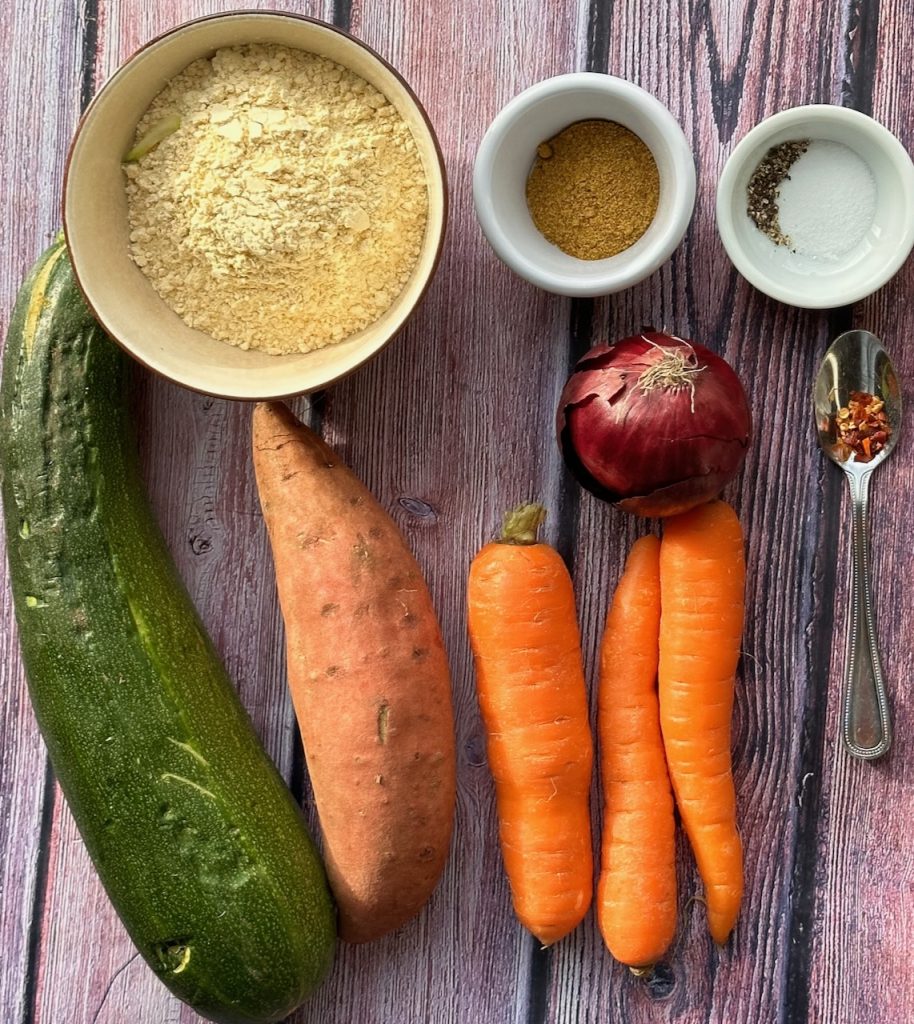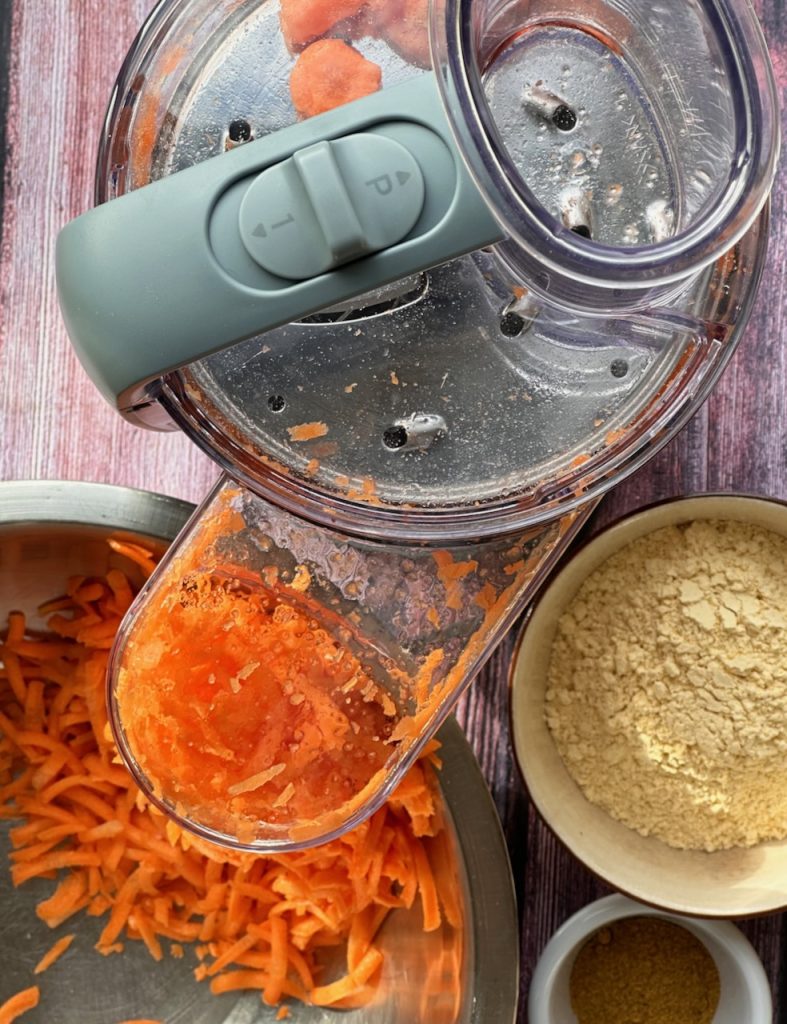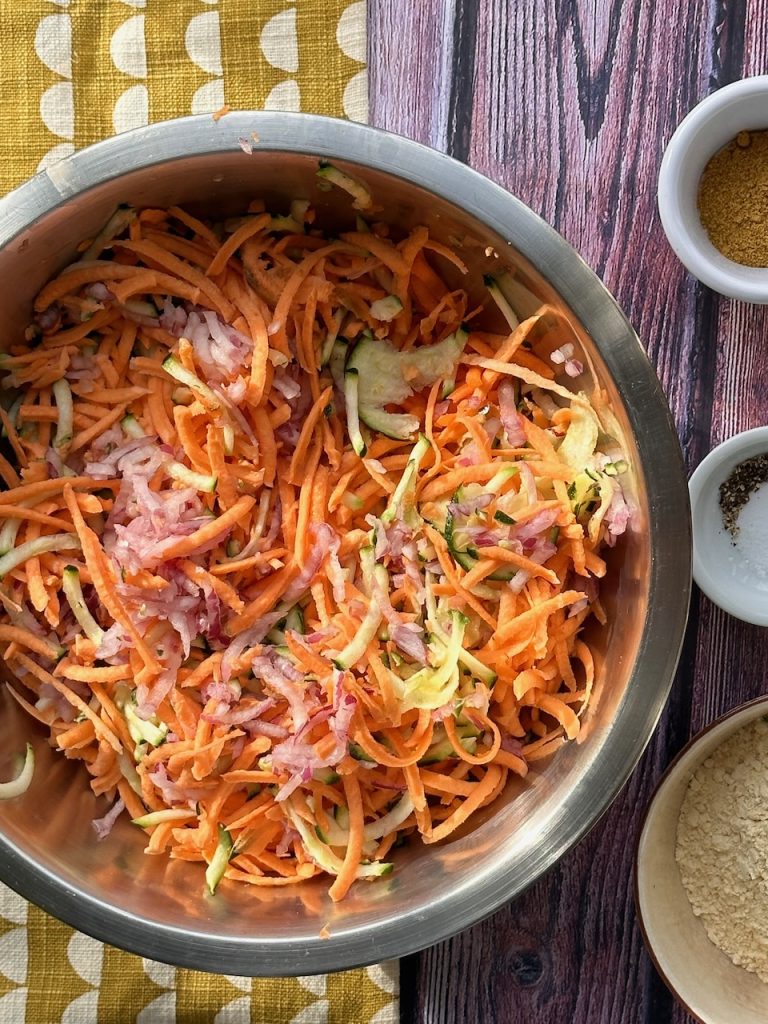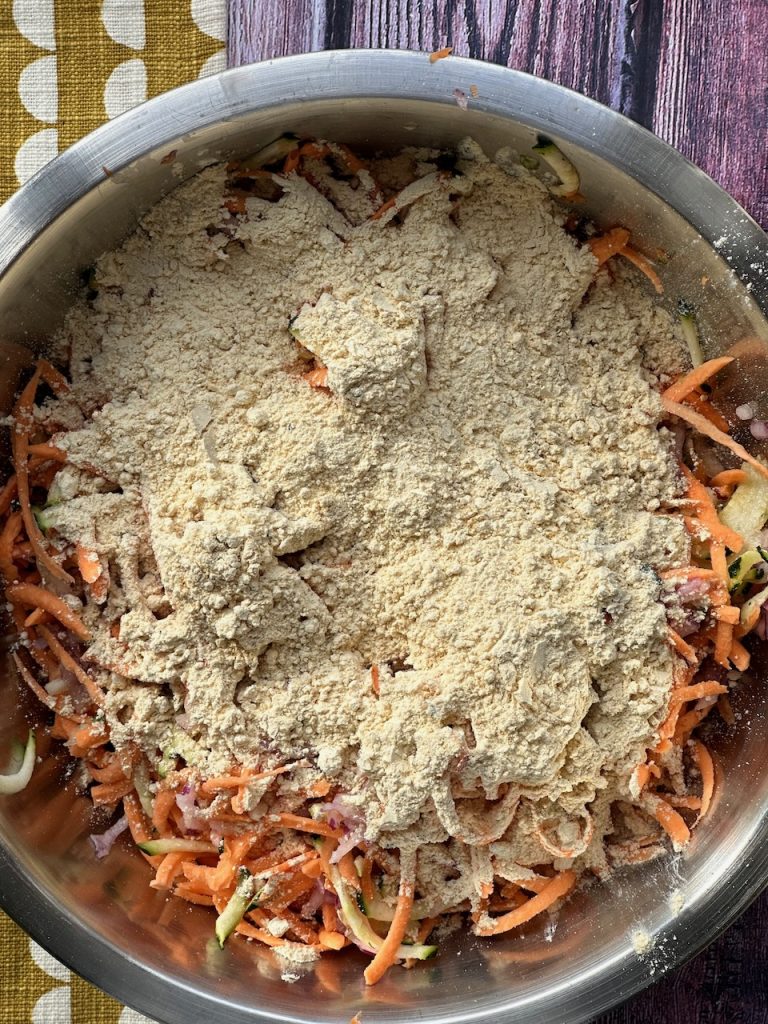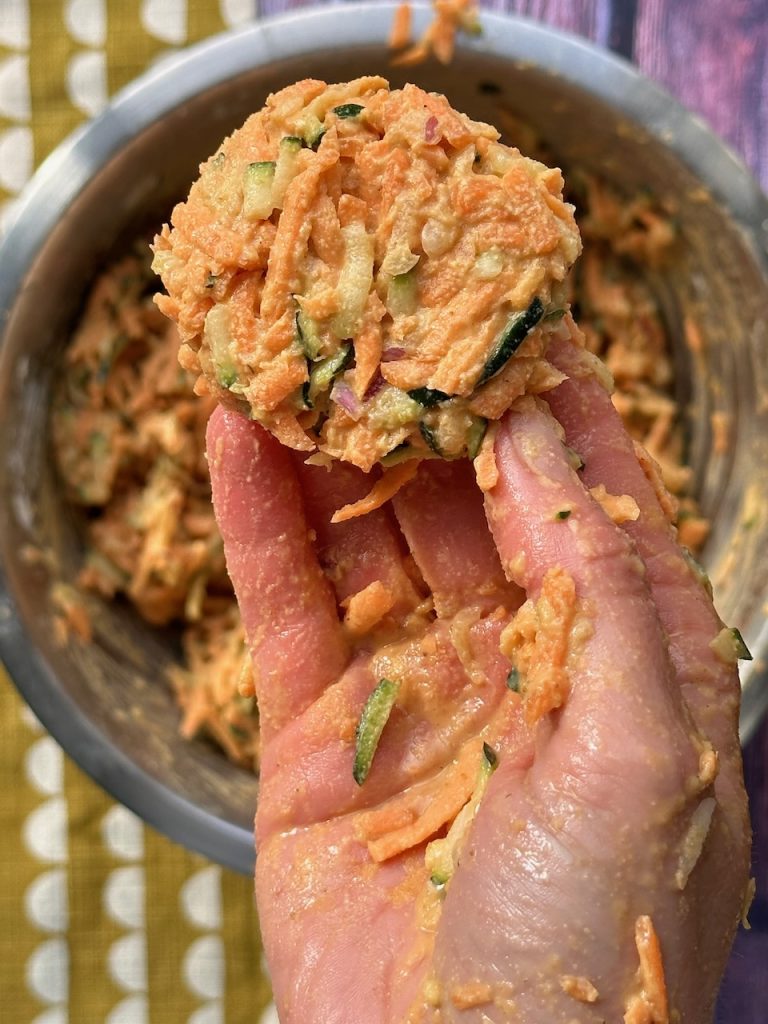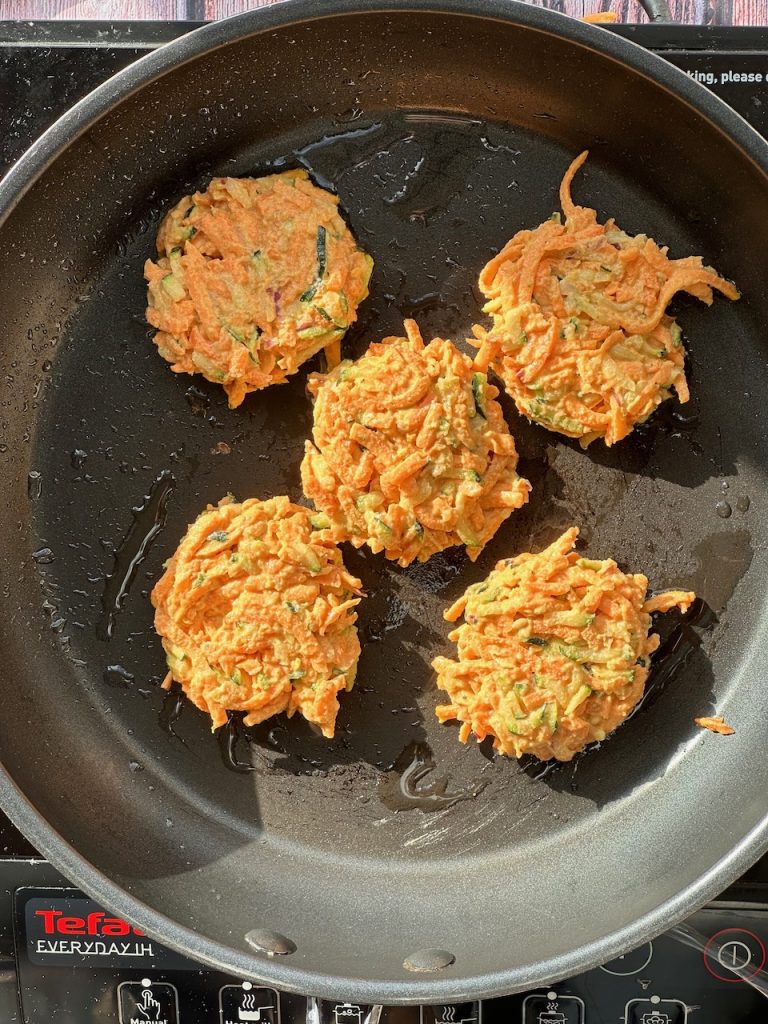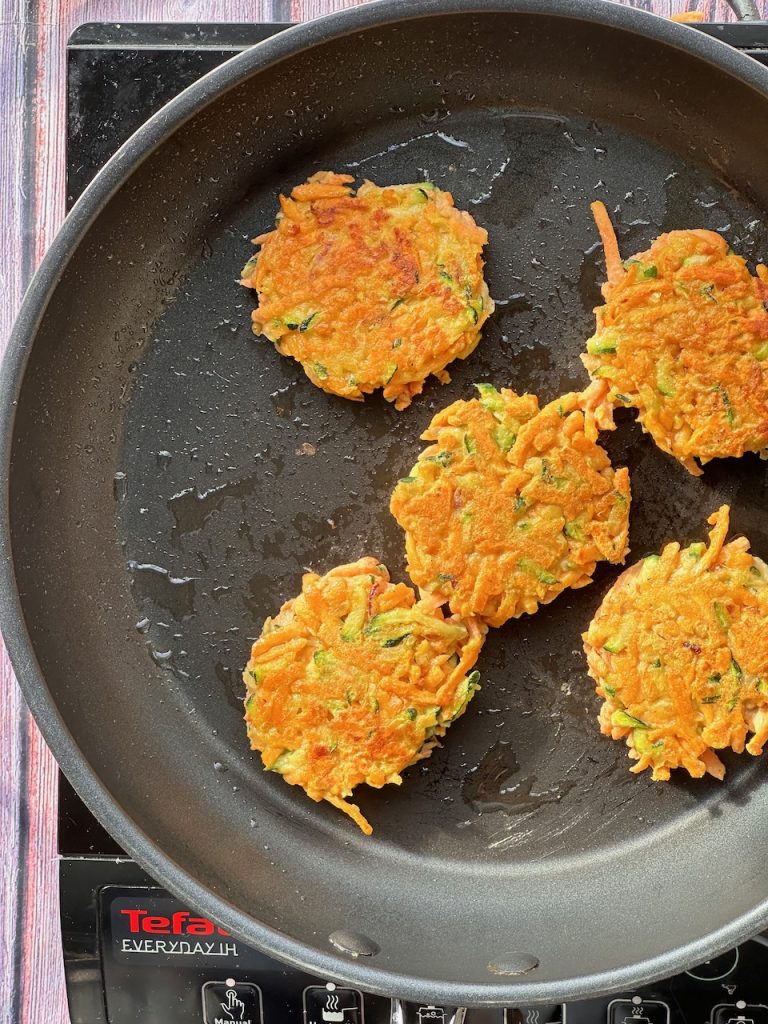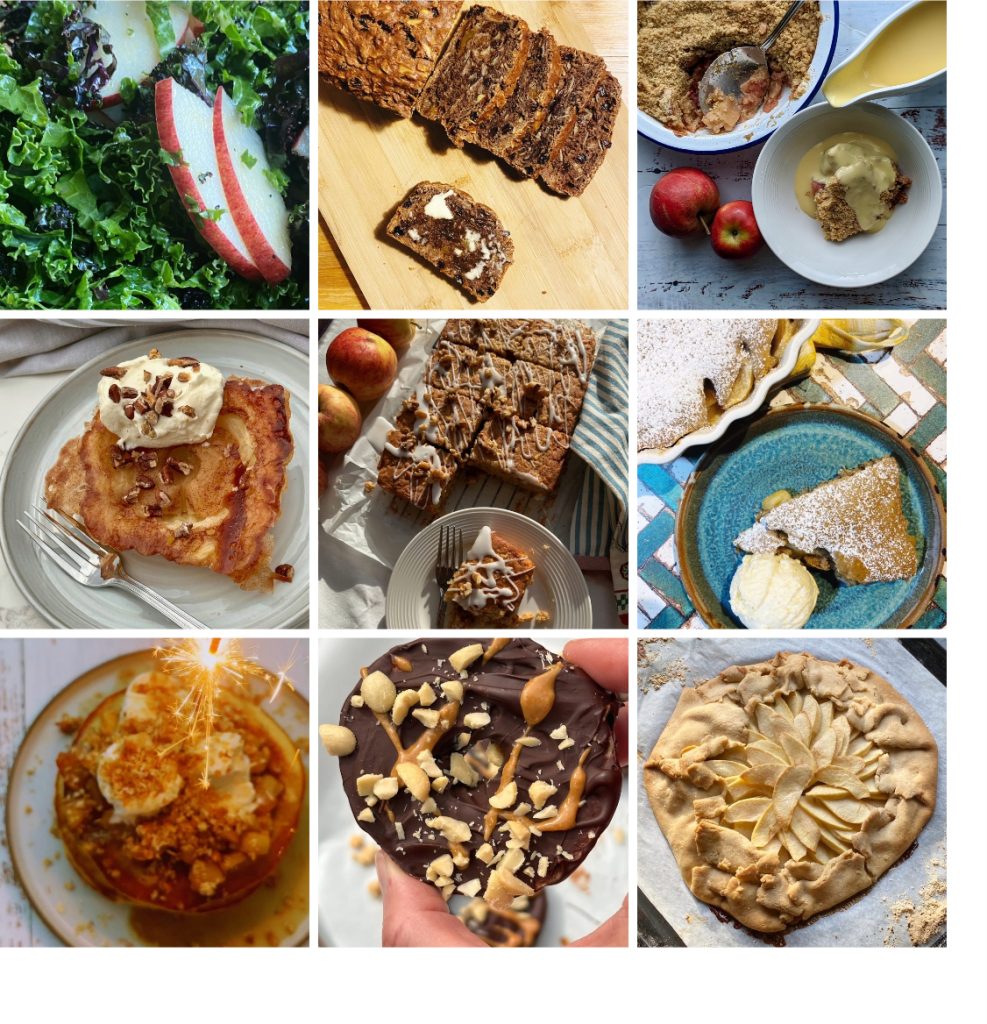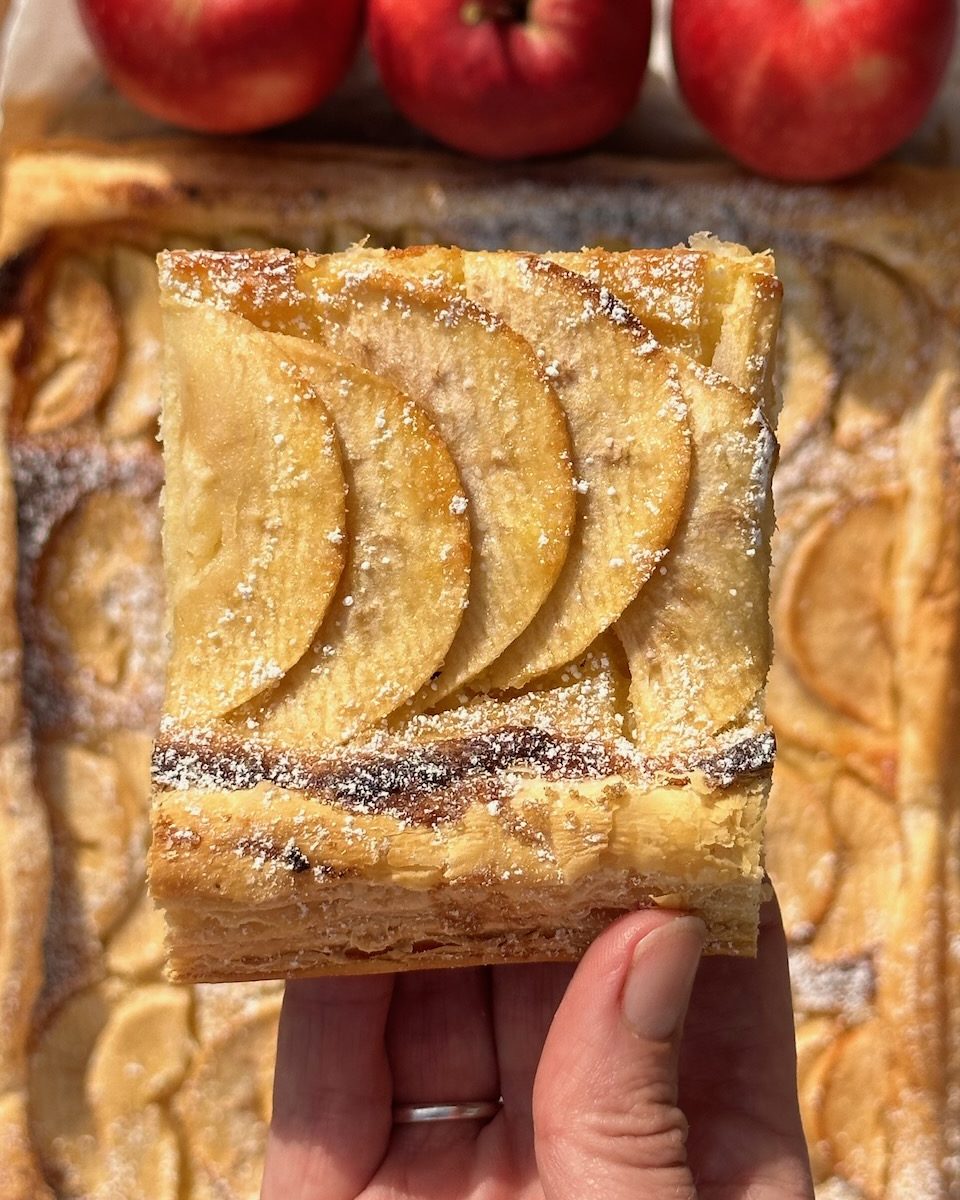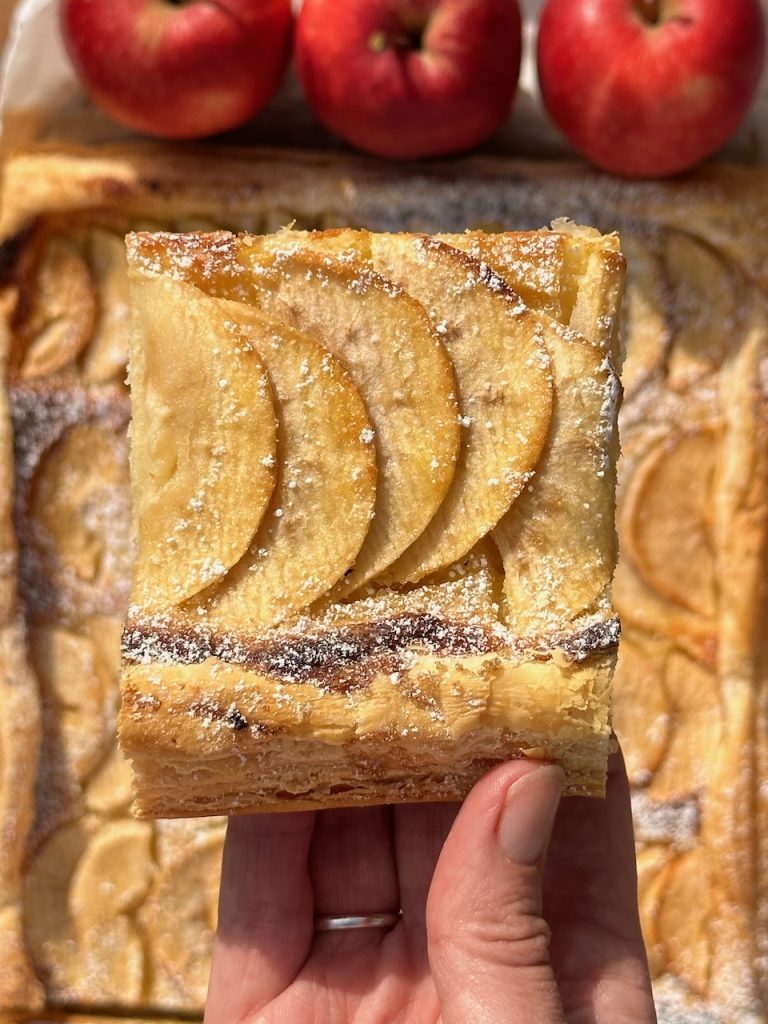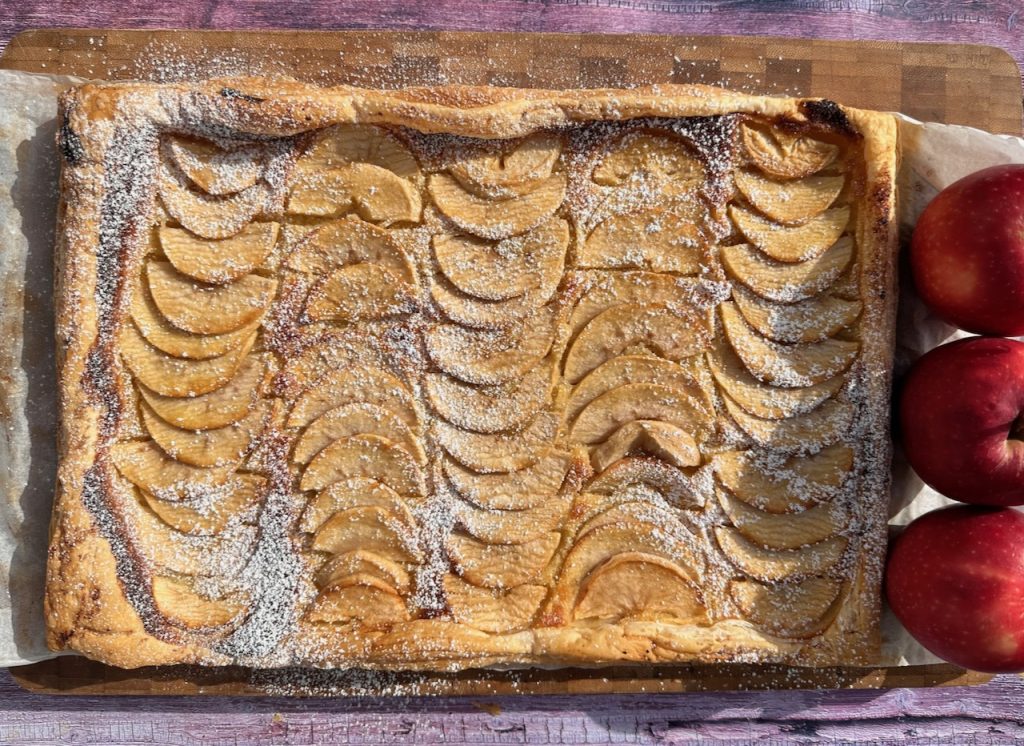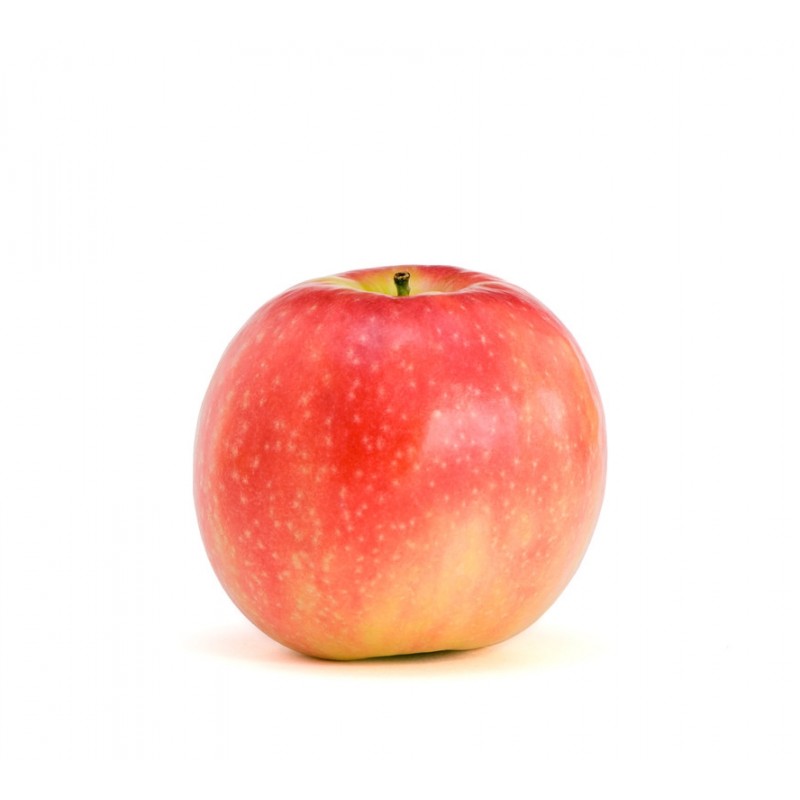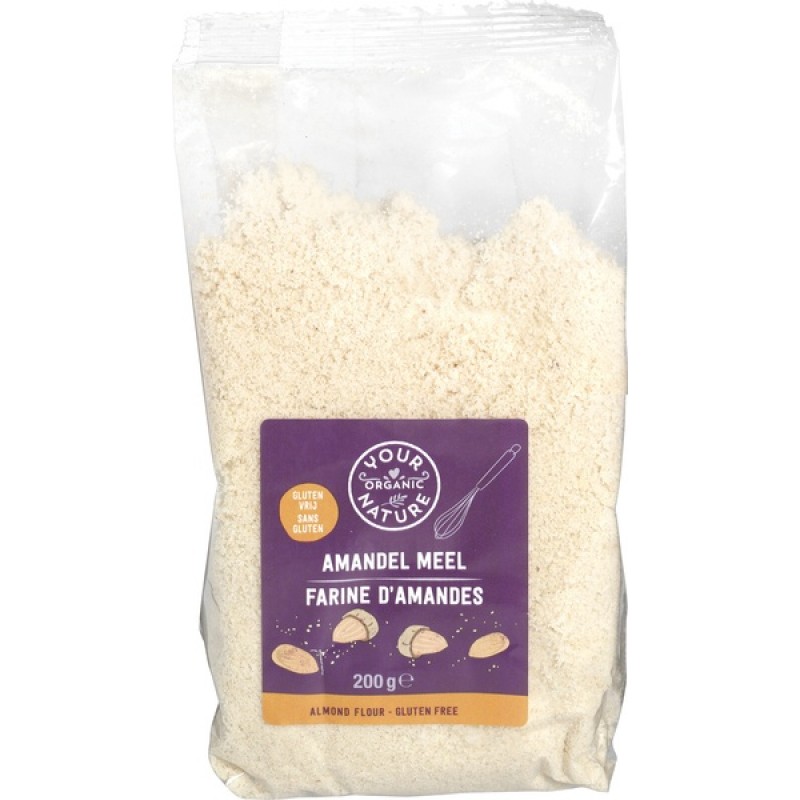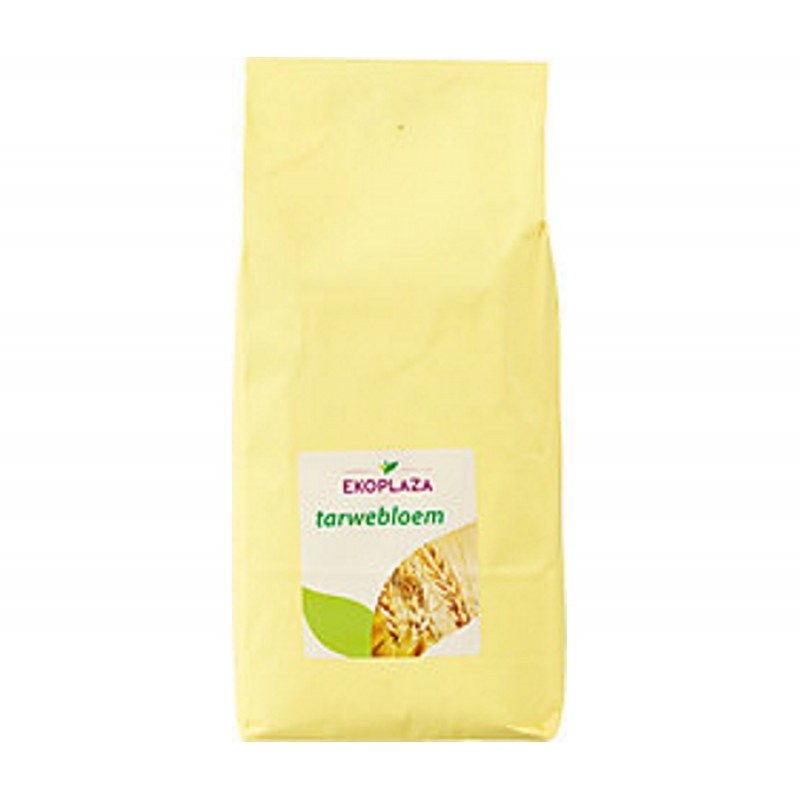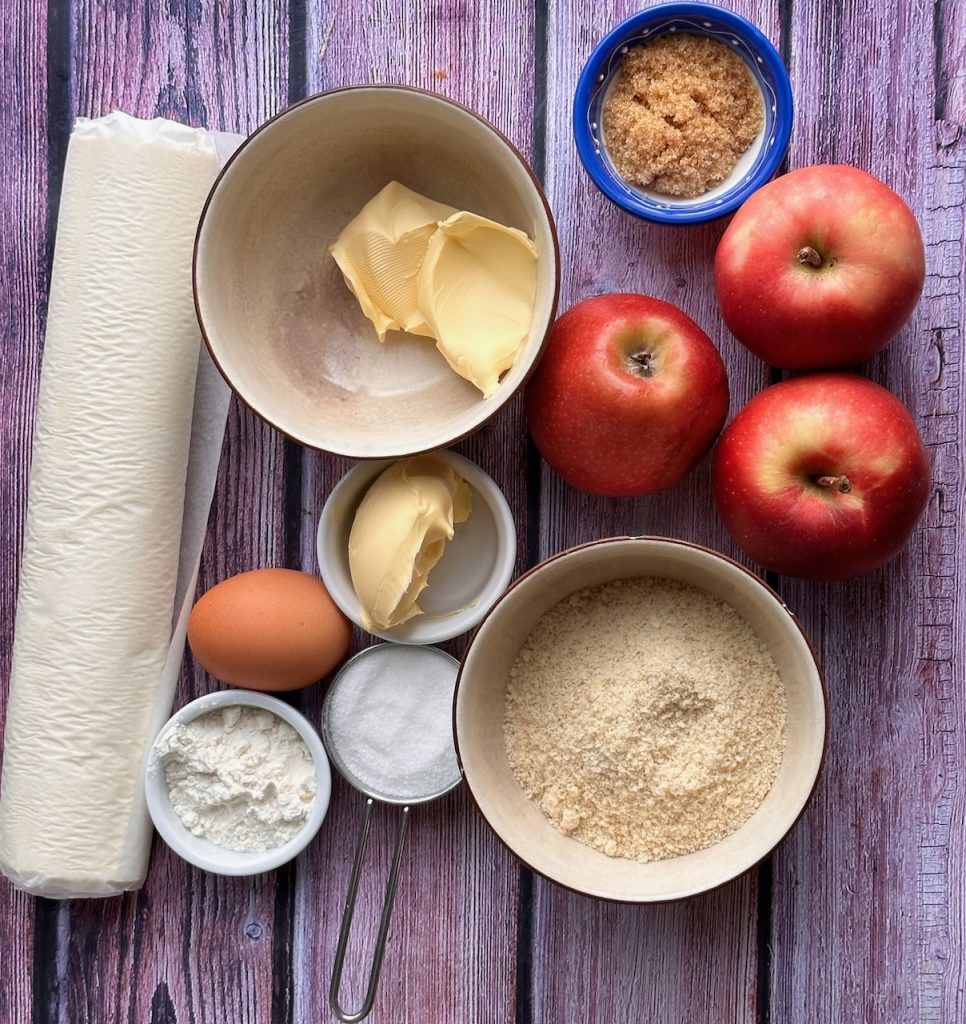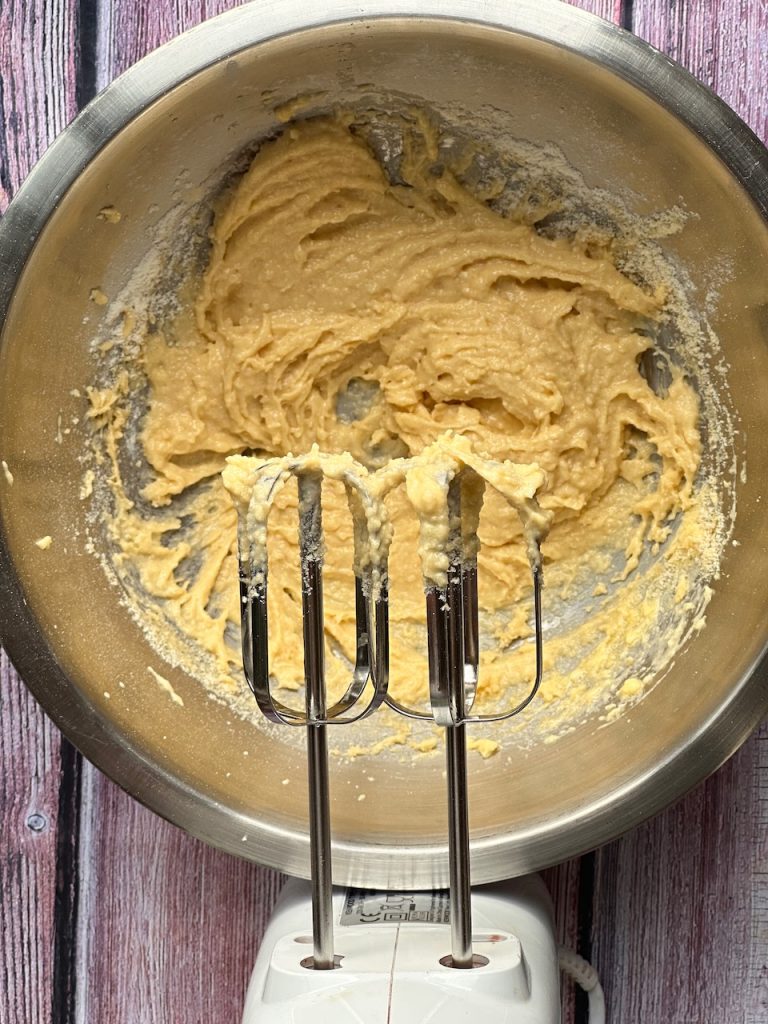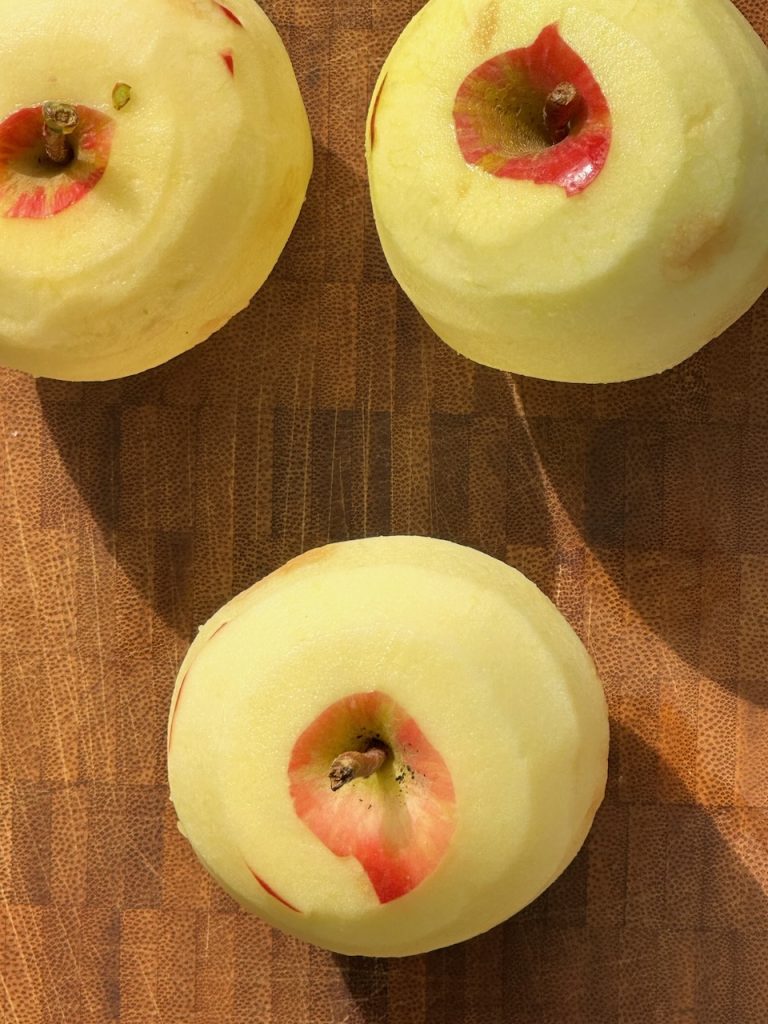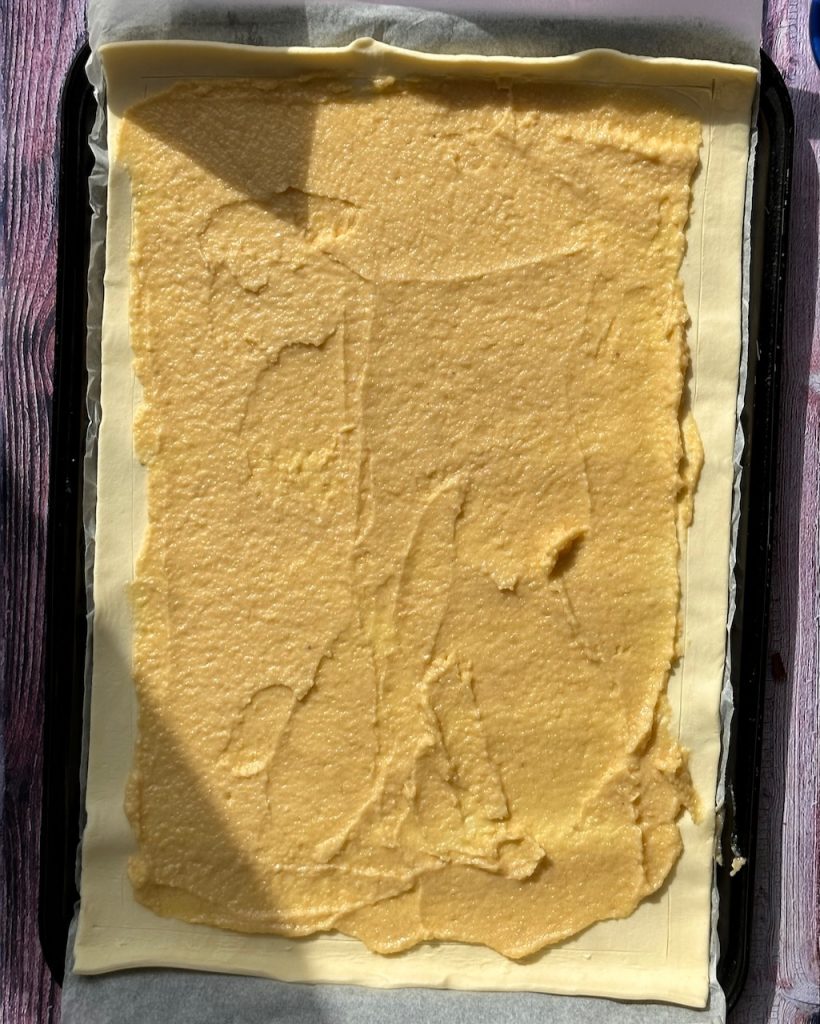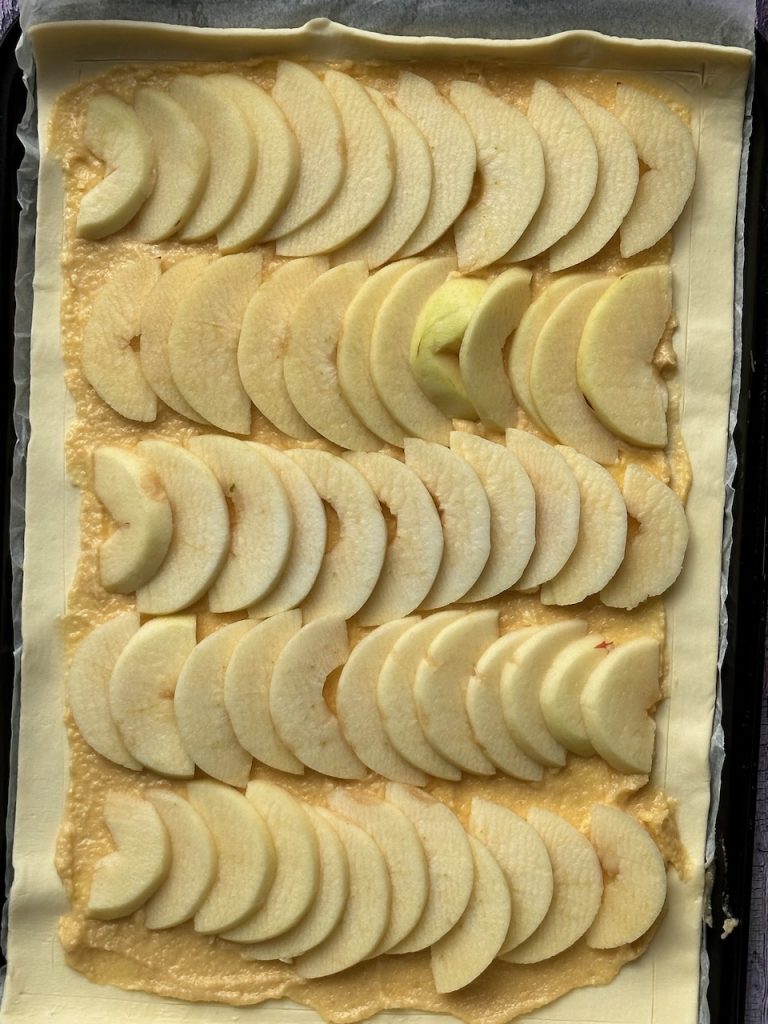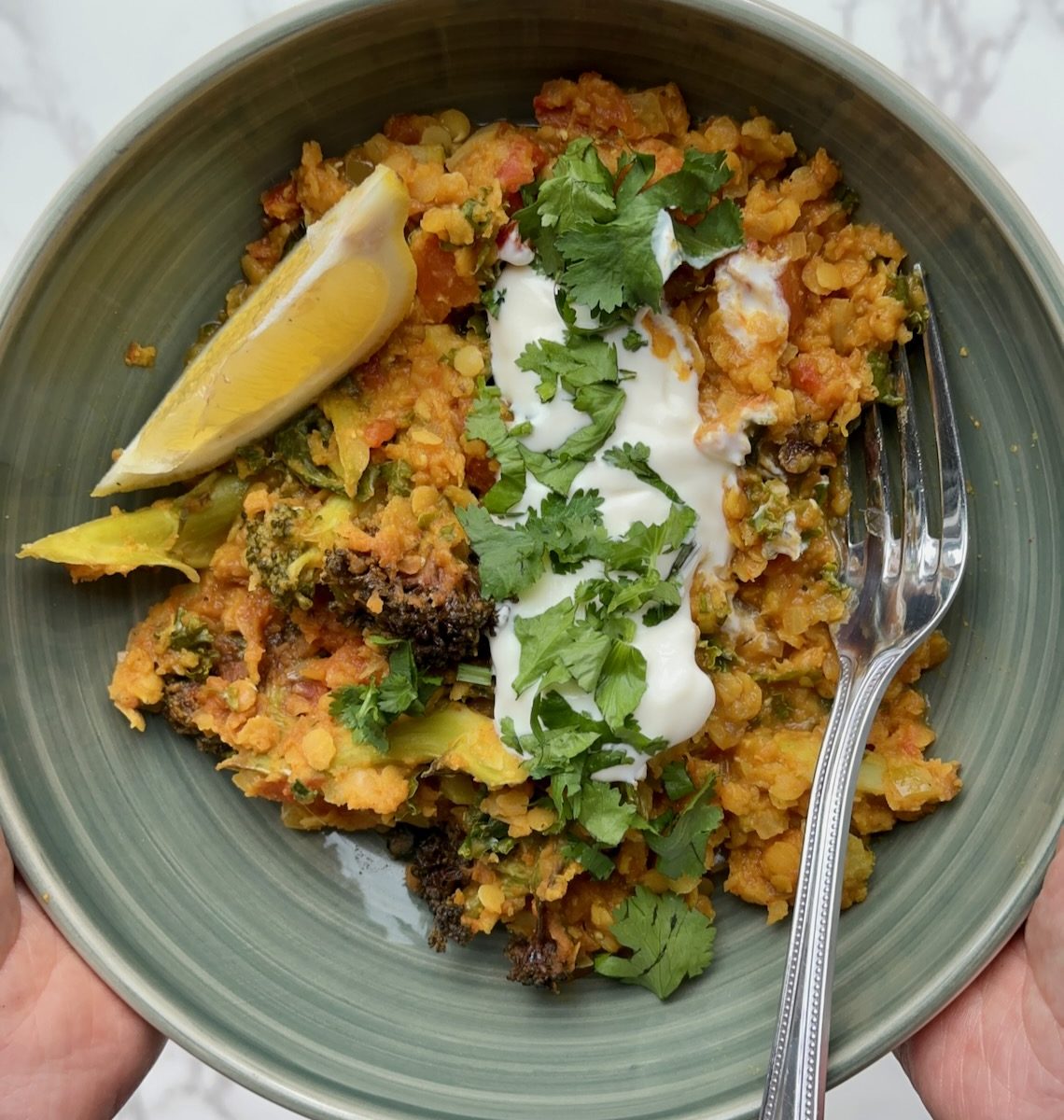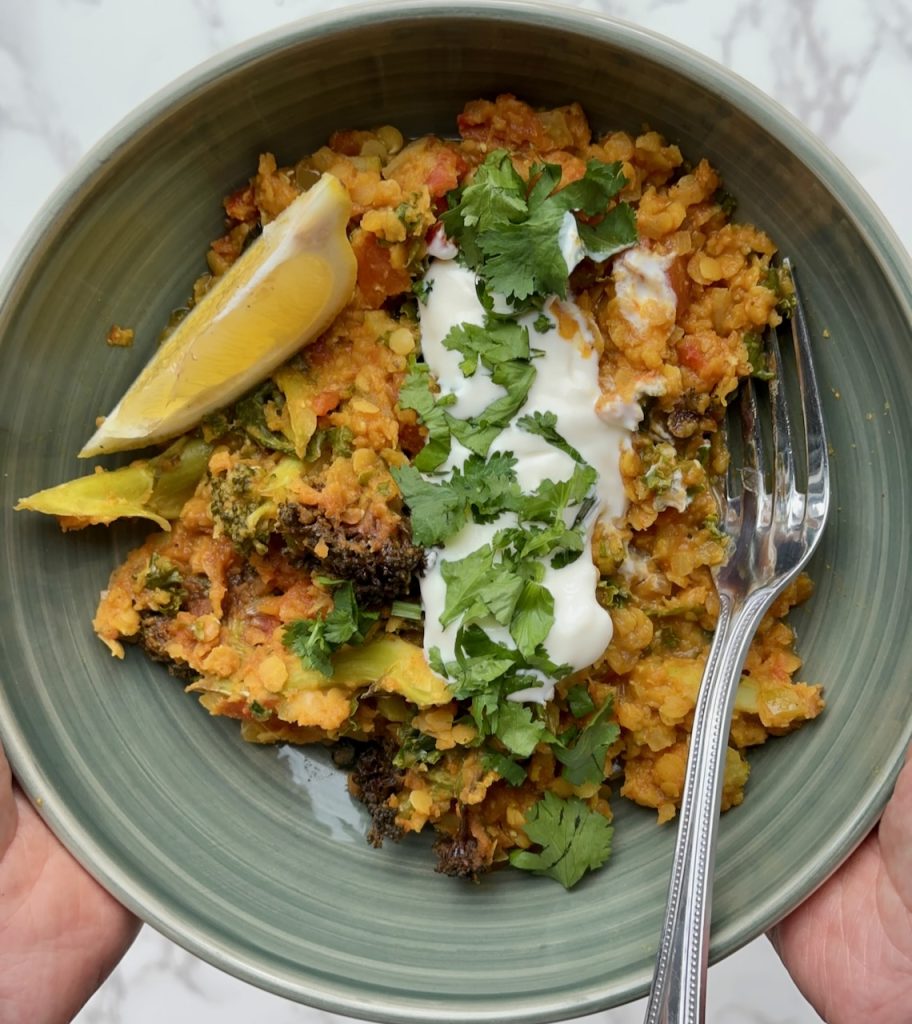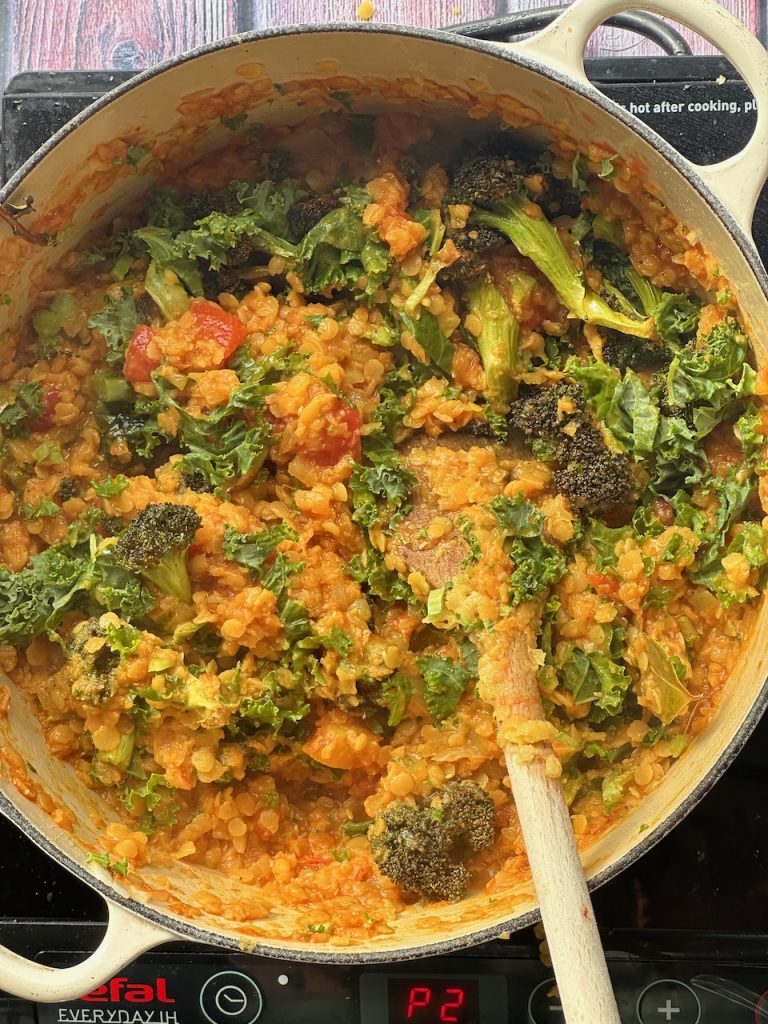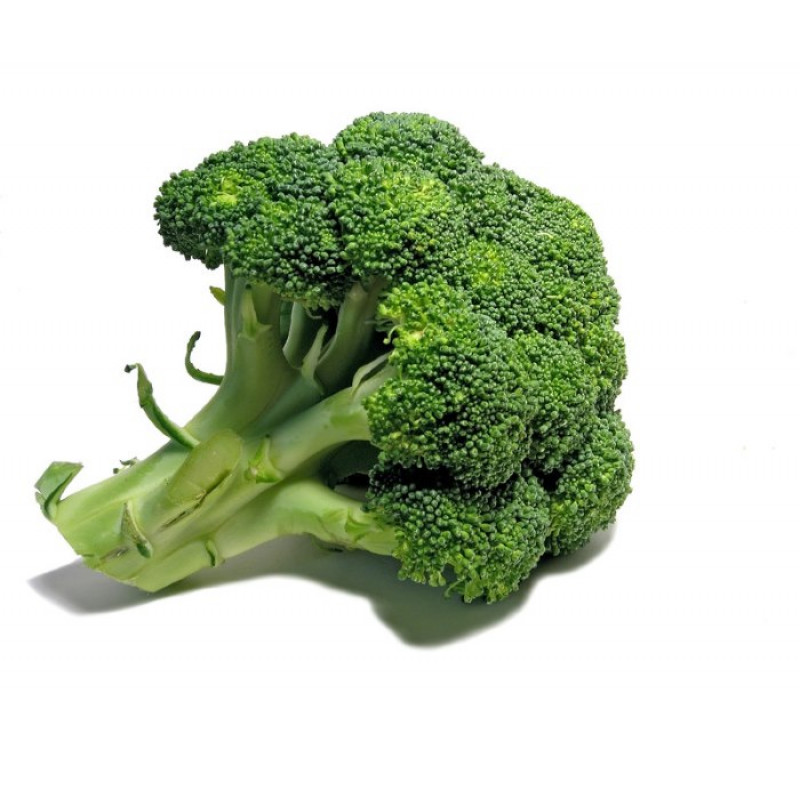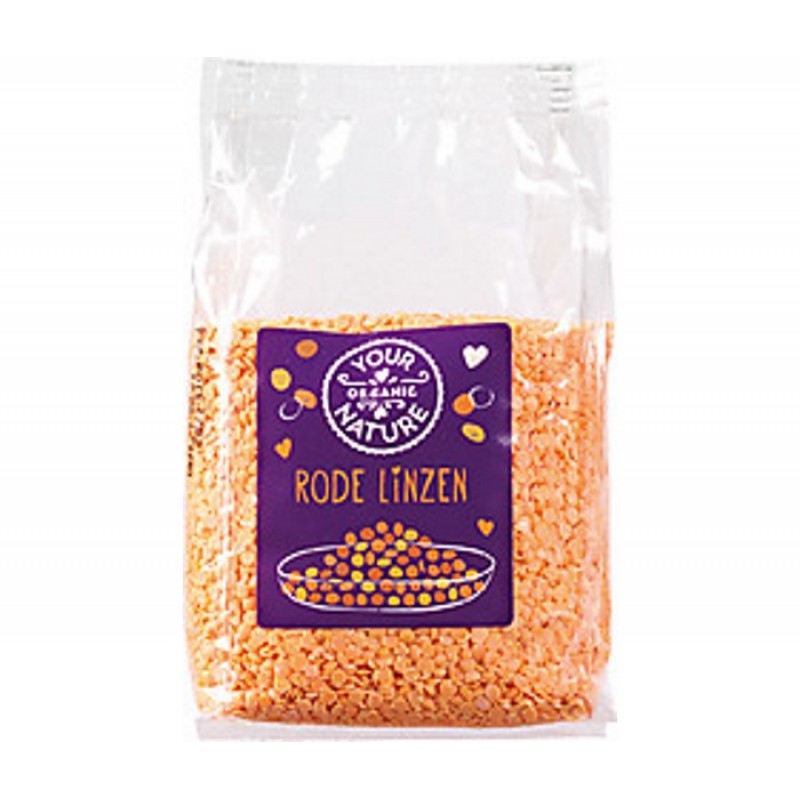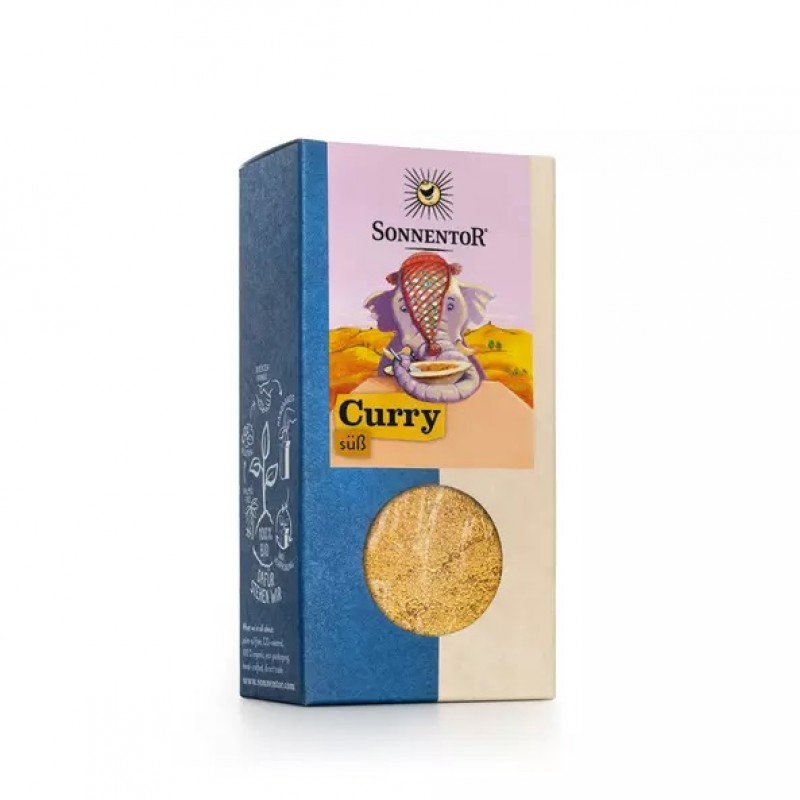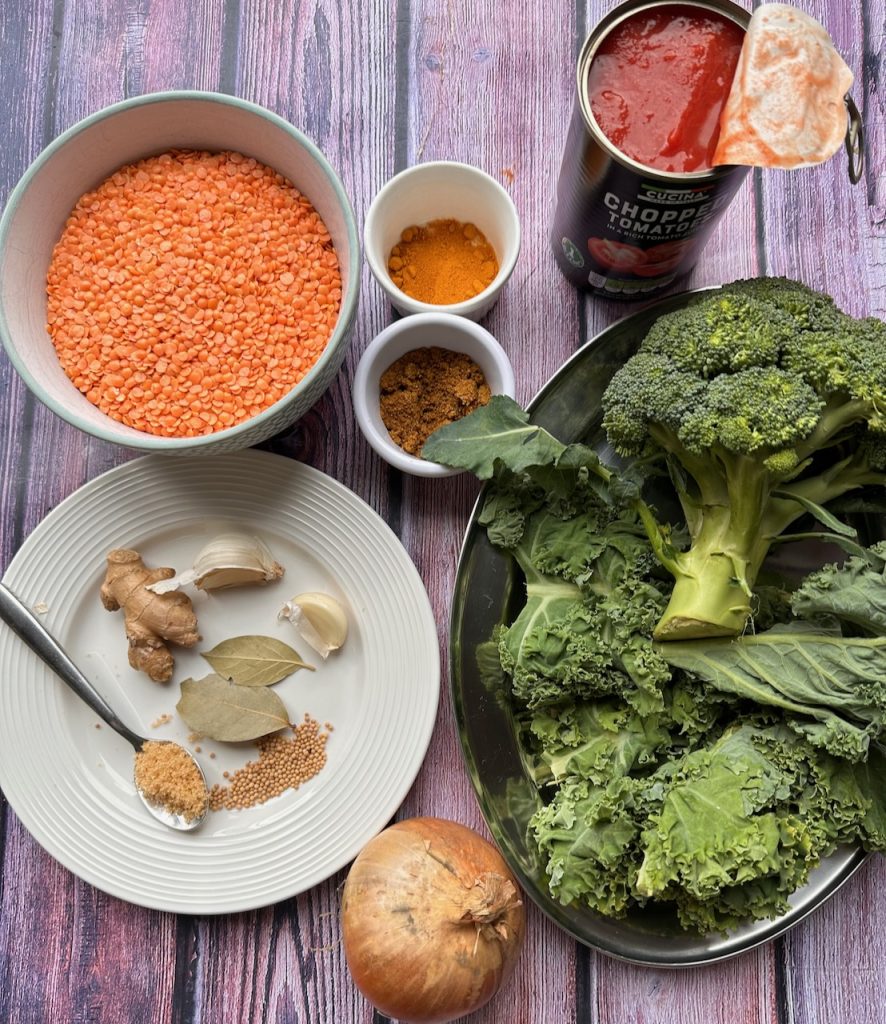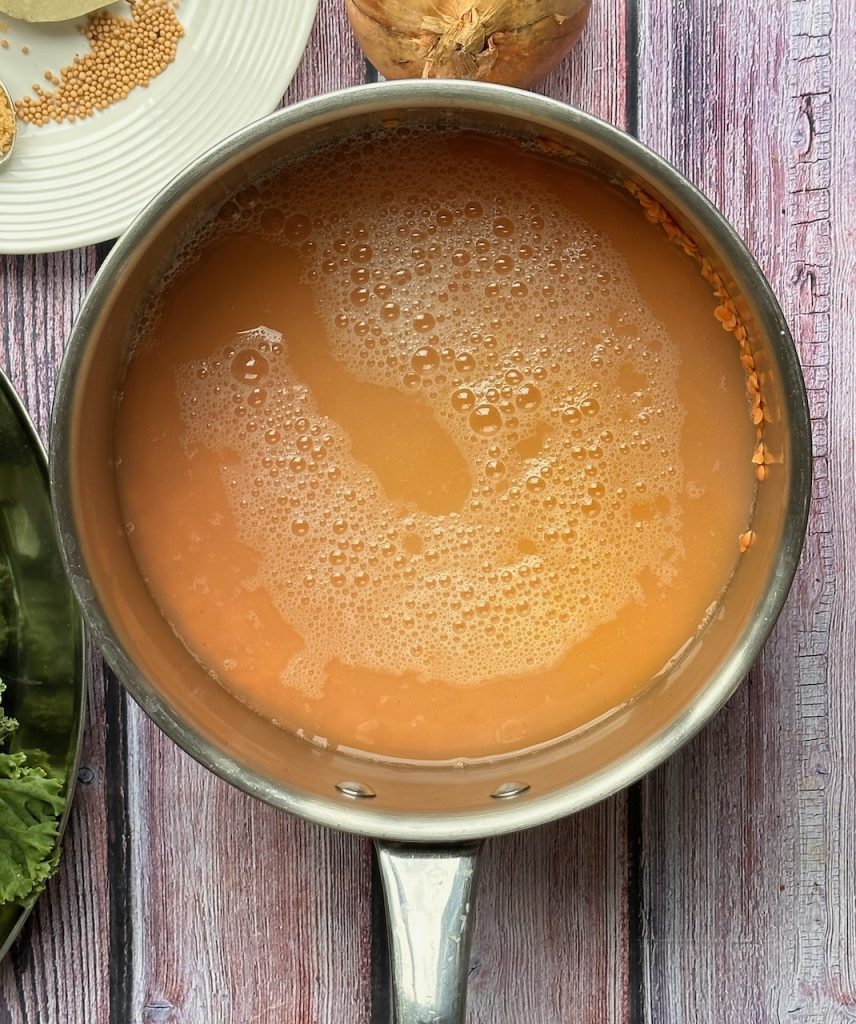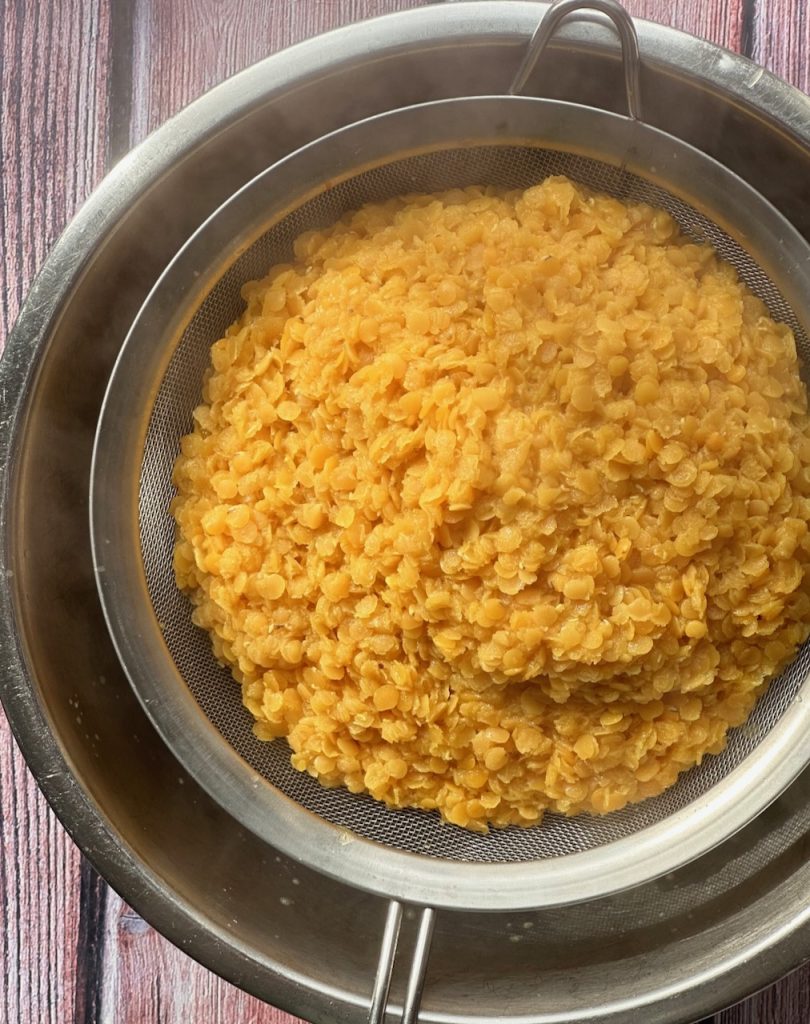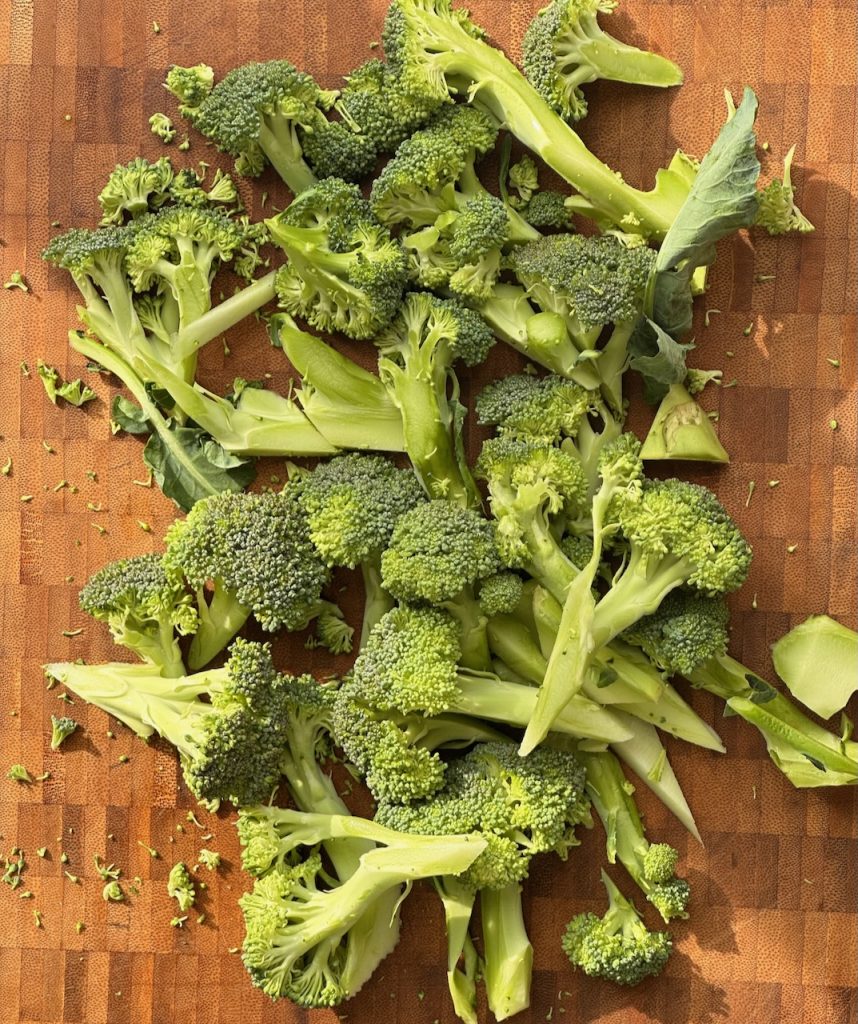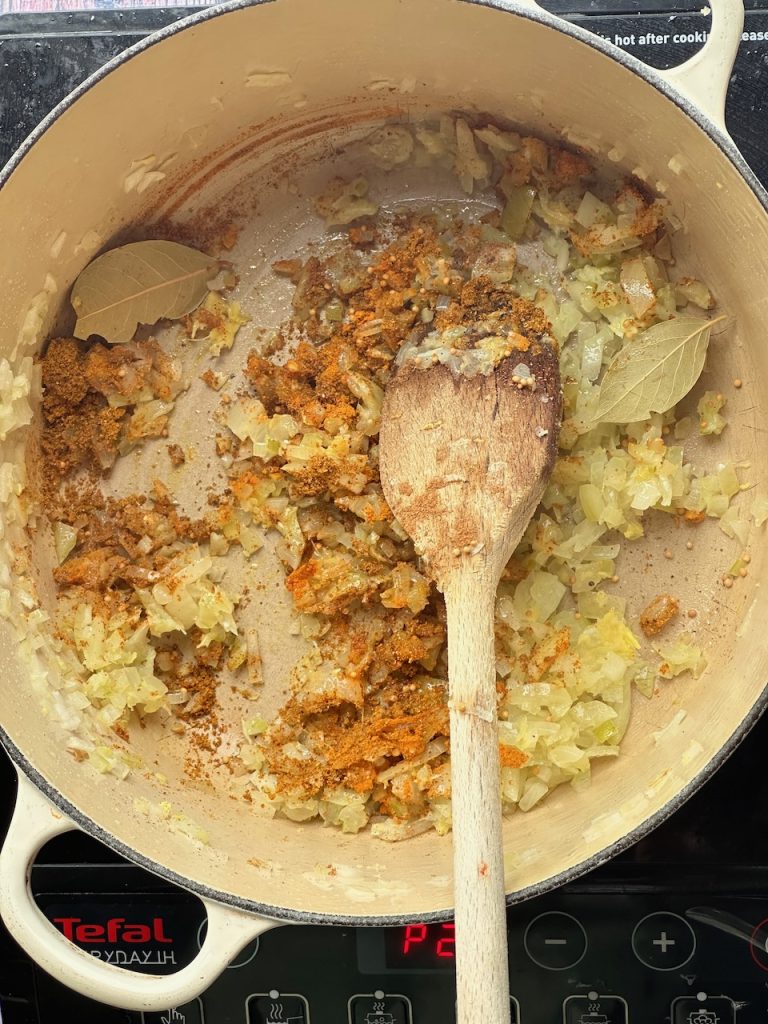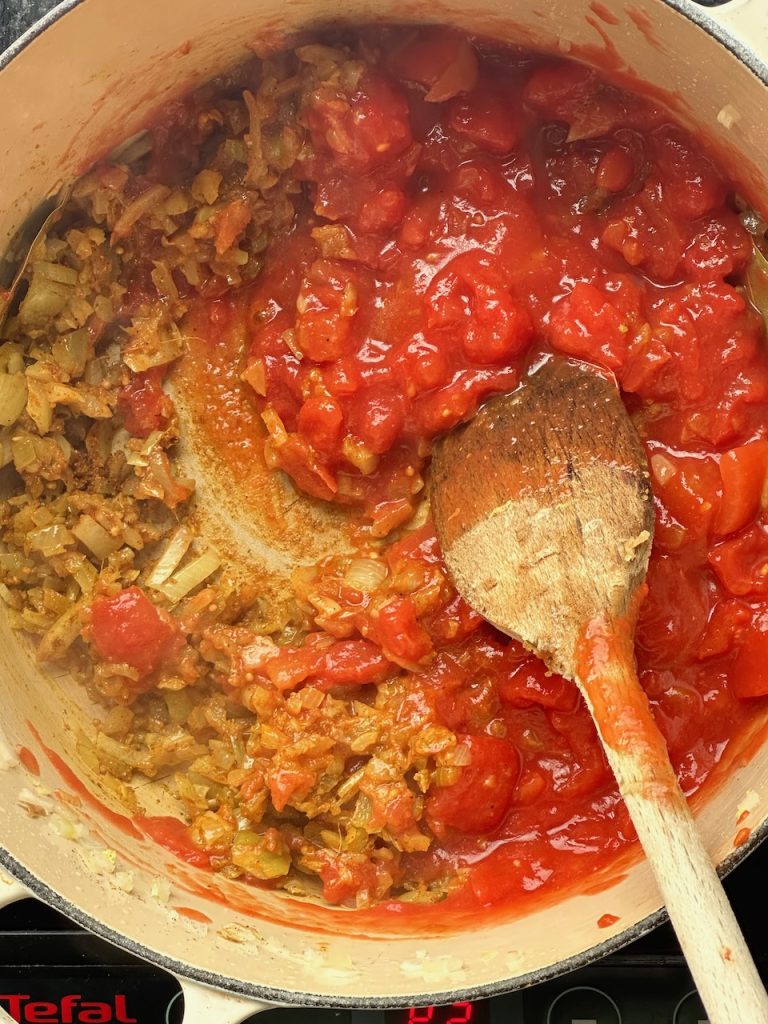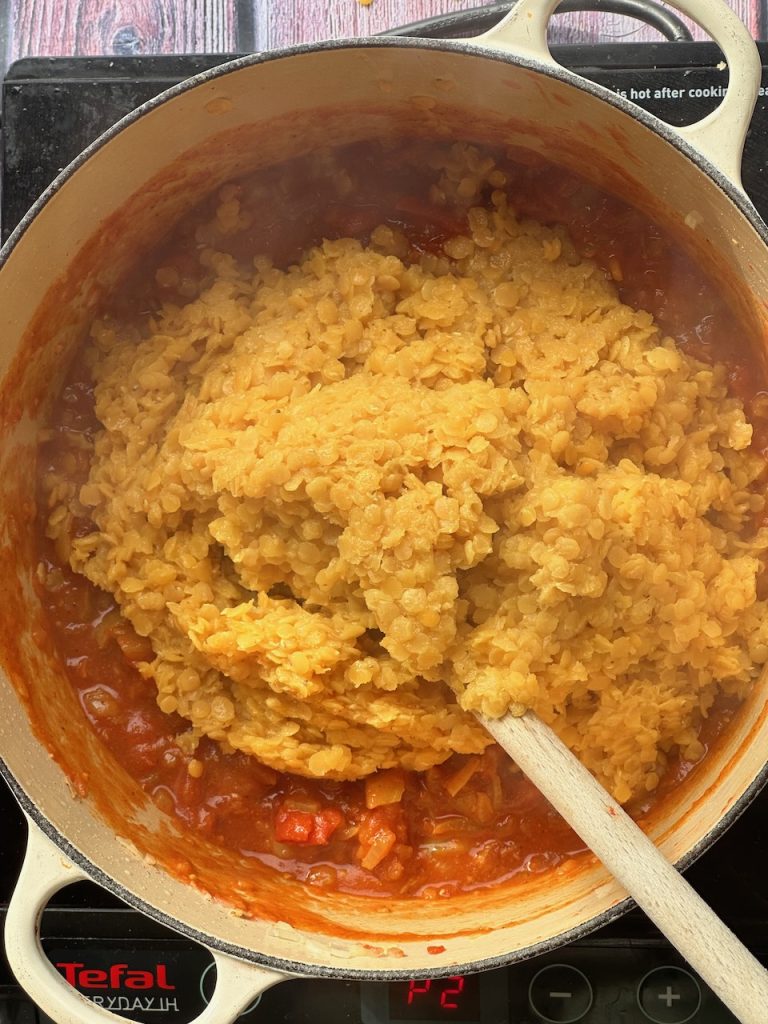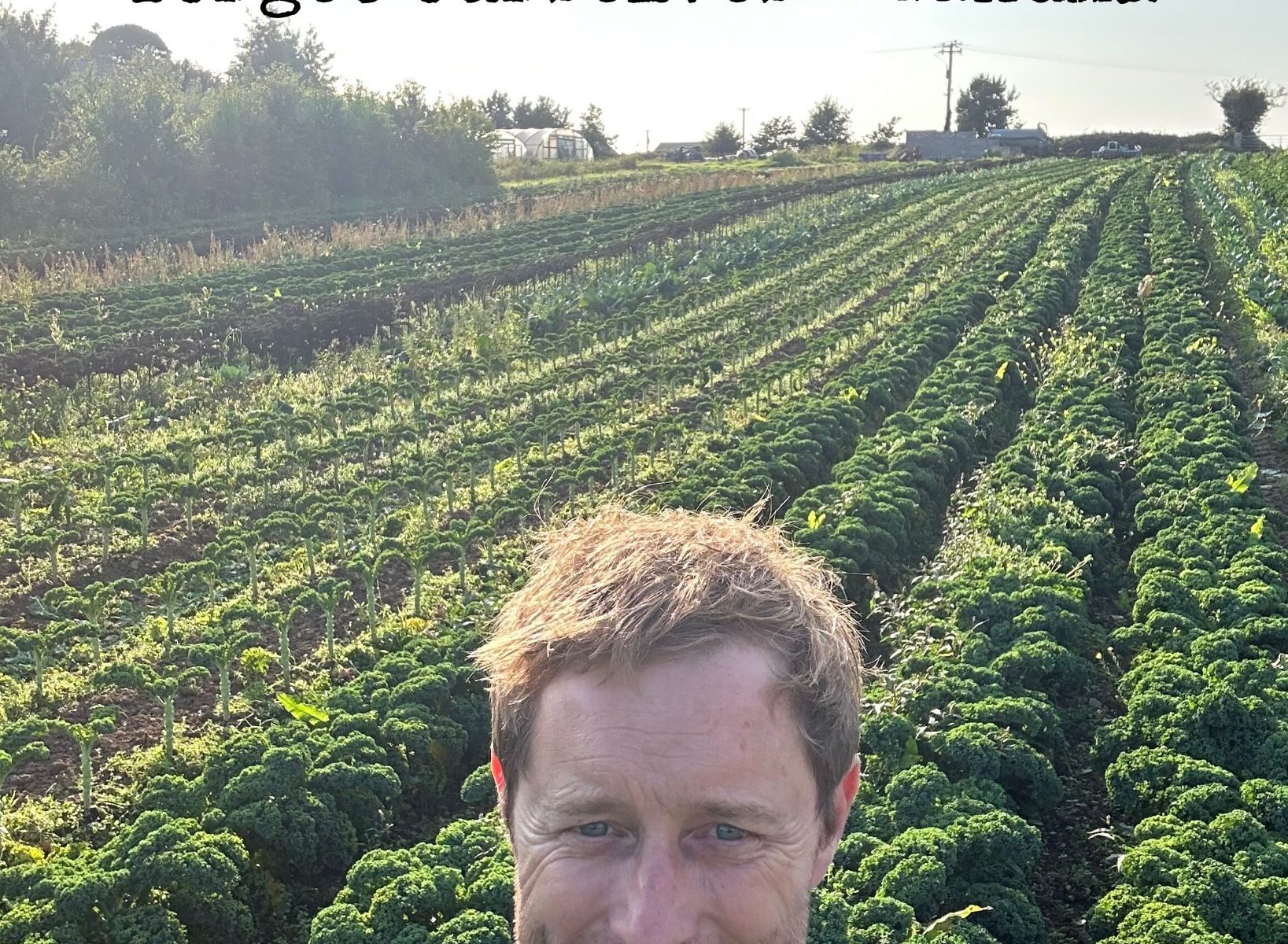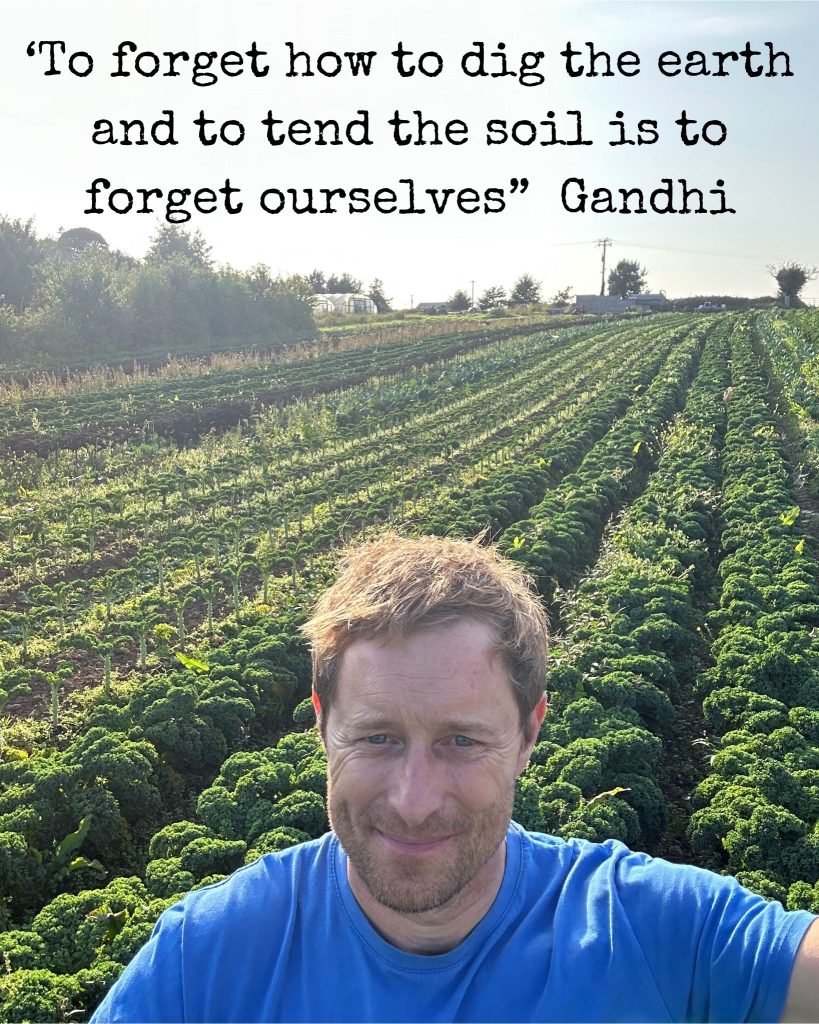This week has seen another reasonably dry week on the farm which has made life that little bit easier, our harvesting machine for parsnips has worked well, and we are pulling them out of the ground fresh and clean, the kale is vibrant and amazing and we are harvesting lovely sized heads of broccoli. The tomatoes, cucumbers and courgettes have nearly run their course, our weekly harvest of courgettes is down from a near high of 500kg a week to just over 100kg now, soon they will be finished for the year.
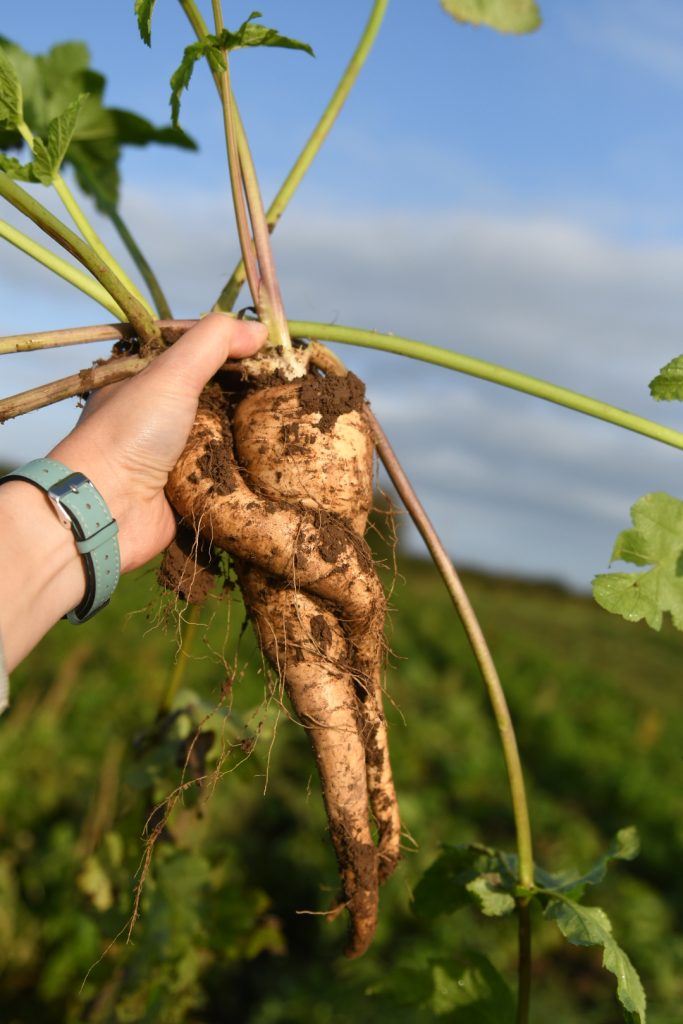
It is at this time of the year I often reflect on our food system as a whole and whilst there is plenty of good I find myself wondering that there must be a better way to grow our food, there needs to be a better way. The planet simply cannot sustain business as usual. Amongst other things, our food system as run by giant food corporations is crippling out planet, not only that it is destroying biodiversity. Loss leading of fresh food by supermarkets, simply does not leave enough on the table to allow farmers to protect the land, to work with nature, it is a road to nowhere.
What will we do when we have exhausted the soil, when we have polluted the rivers and lakes, when we have pumped enough greenhouse gases into our atmosphere to cause the planet to warm up beyond critical tipping points. We will not be able to sustain ecosystems never mind a healthy balanced food system.
What then? All that profit and greed, and short termism will mean little. Where do we look then for fresh water, for healthy food, how will we feed 8 billion or more people? How will all the other life we share this planet with be sustained?
Can we continue to consume resources and food as we do now? Do we not need to consider what we are eating (and how it is produced) now. The animal industry consumes a disproportionate amount of our land mass and contributes relatively little relative to grains and plants to our calorie and protein intake:
Of our habitable land, 46% is used for agriculture, of that land area 77% is used for animals, and this only produces 18% of our global calorie supply and astoundingly only 37% of our protein consumption. (Source: UN Food and Agriculture association)
And that is without even beginning to talk about animal welfare in the large factory farms that produce the cheap meat? When did chicken literally become cheaper than chips?
Clearly this is not just unsustainable, you can imagine that future generations may look back and wonder at our insanity. Using land to grow more vegetables and eating more plants allows us to reduce the land mass required to produce our food. This is not an argument for not eating meat or dairy it is simply a fact that we need to use our land wisely and cut down on the consumption of foods that have a high land high carbon footprint, low calorie output.
Would it help to approach our living world with a little more empathy, for the land, for the creatures we share the planet, for the environment? Things could and would be so much different if we were all to be a little more mindful and showed a little more respect for our one home.
We all can make a difference; we can all take steps that will help. Of course, bigger stuff needs to happen, governments need to act, net carbon zero needs to occur, policy and infrastructure and systems needs to change, and they are changing but the speed of change needs to increase.
Can our mindset around food change? Embracing the idea of eating more plants, understanding that cheap does not always mean good value, these are the things that will help save our health and that of the planet.
We here on our farm find ourselves struggling to standstill, it is always a tough battle to compete in this supermarket dominated landscape. It is difficult to continue to support local organic Irish farmers including our own farm, it costs more, but that is the course we have taken, and one we will never deviate from.
Your support is making a difference. You are making a difference.
Thanks for your support.
Kenneth
PS The autumnal winter crops are definitely creeping in now, with the harvest of swede and parsnip truly beginning, we are also delighted to have the first delivery or Irish organic carrots next week. It has been a tough year for root crop growing, but finally we are getting there.

